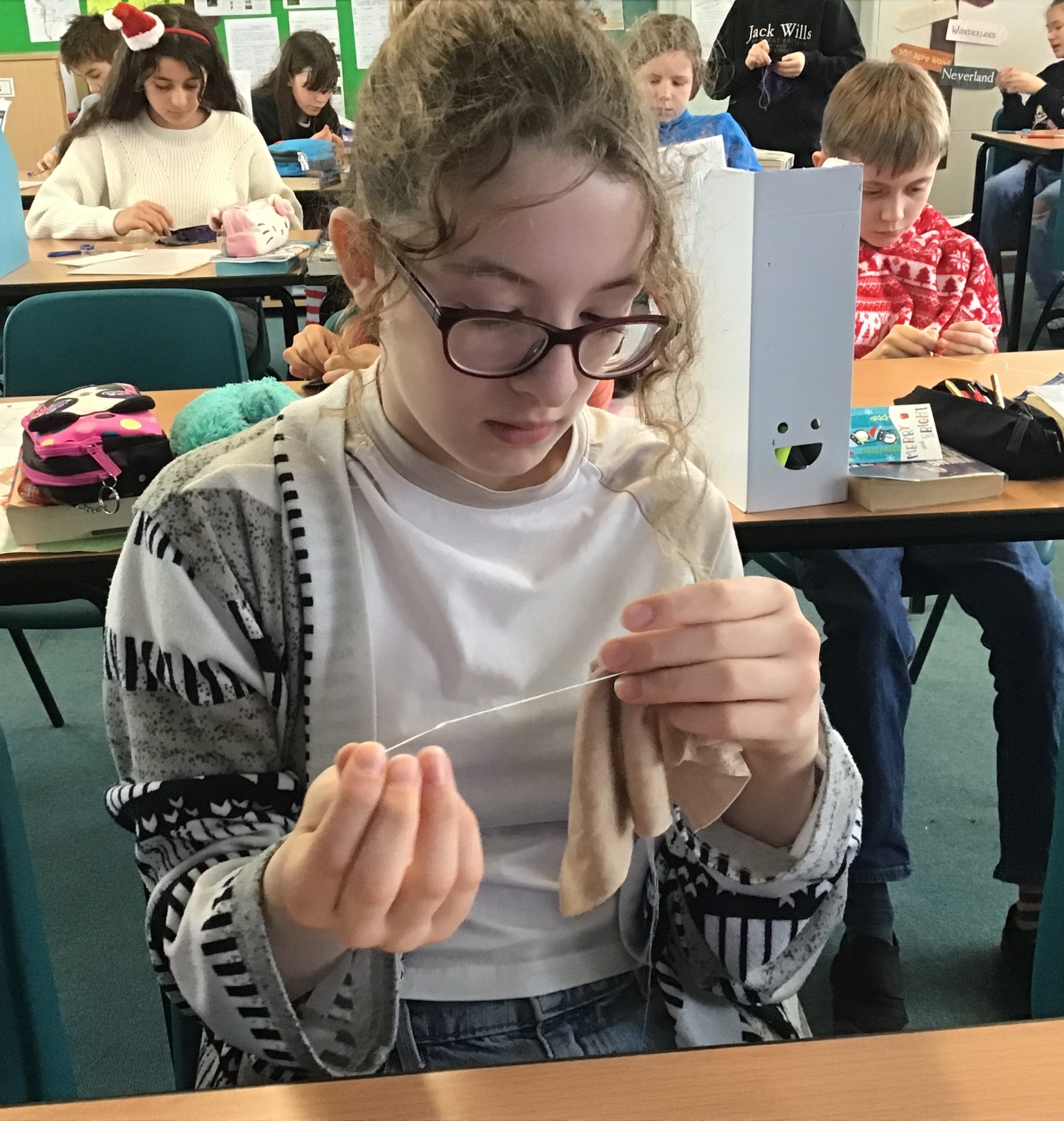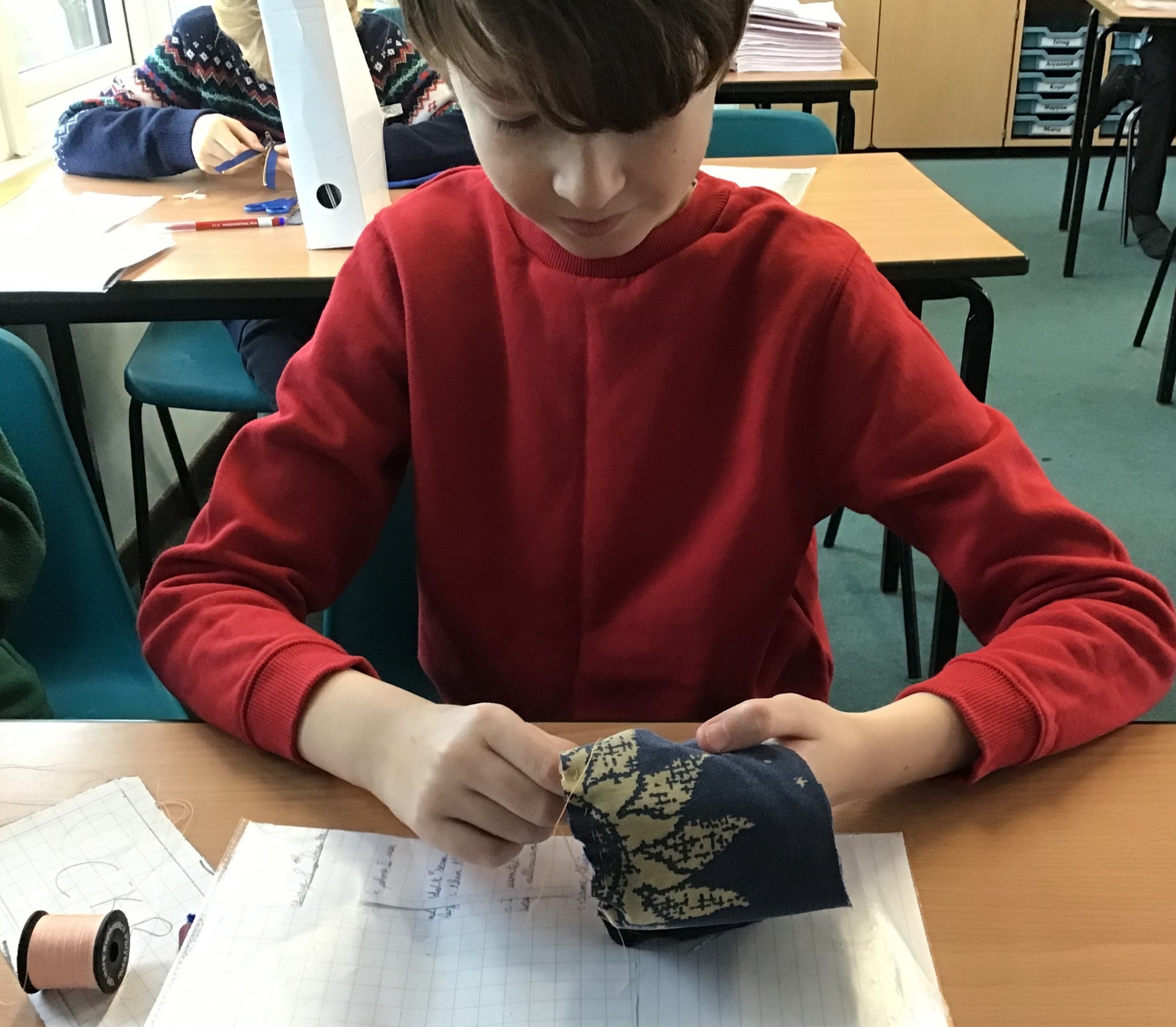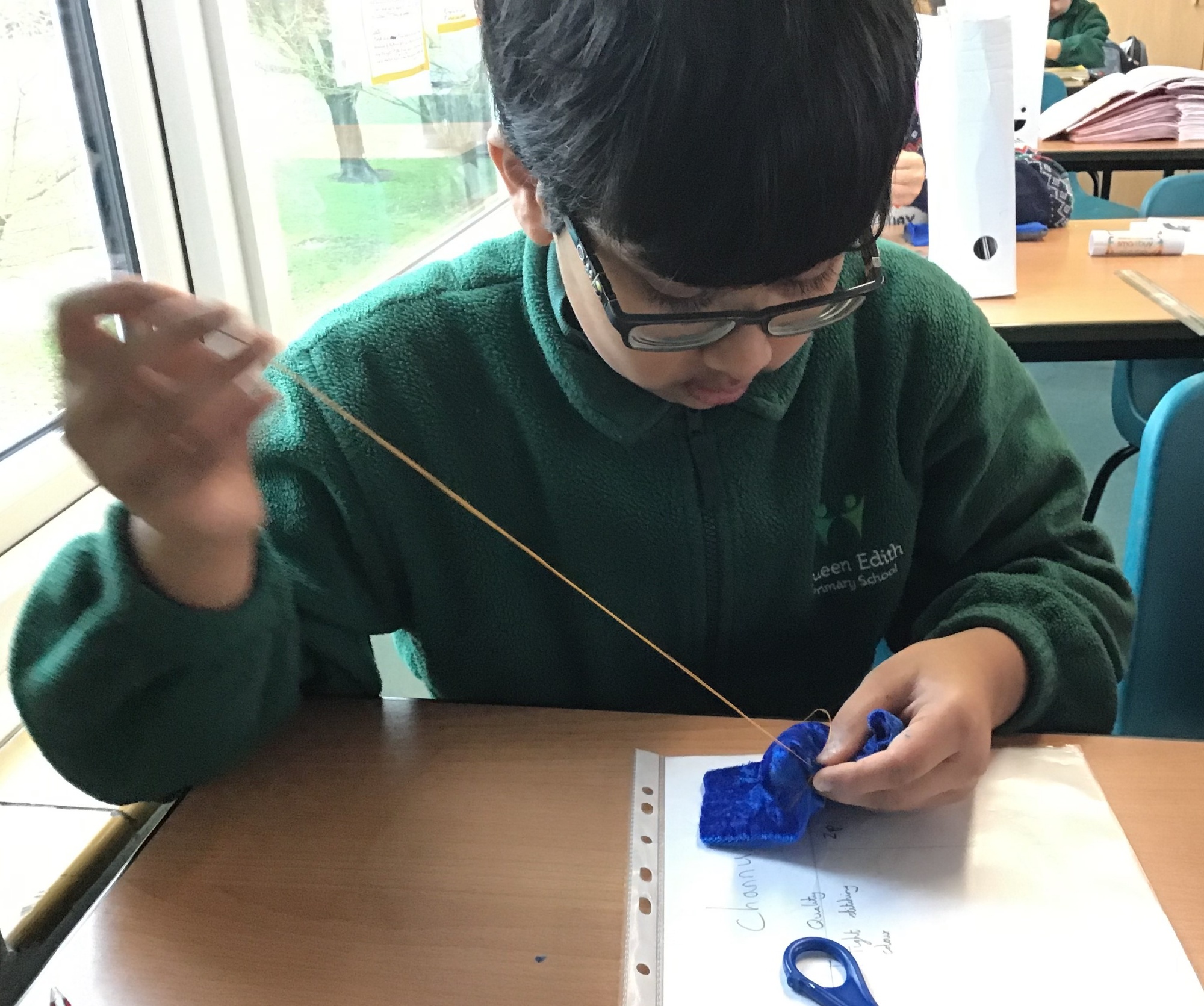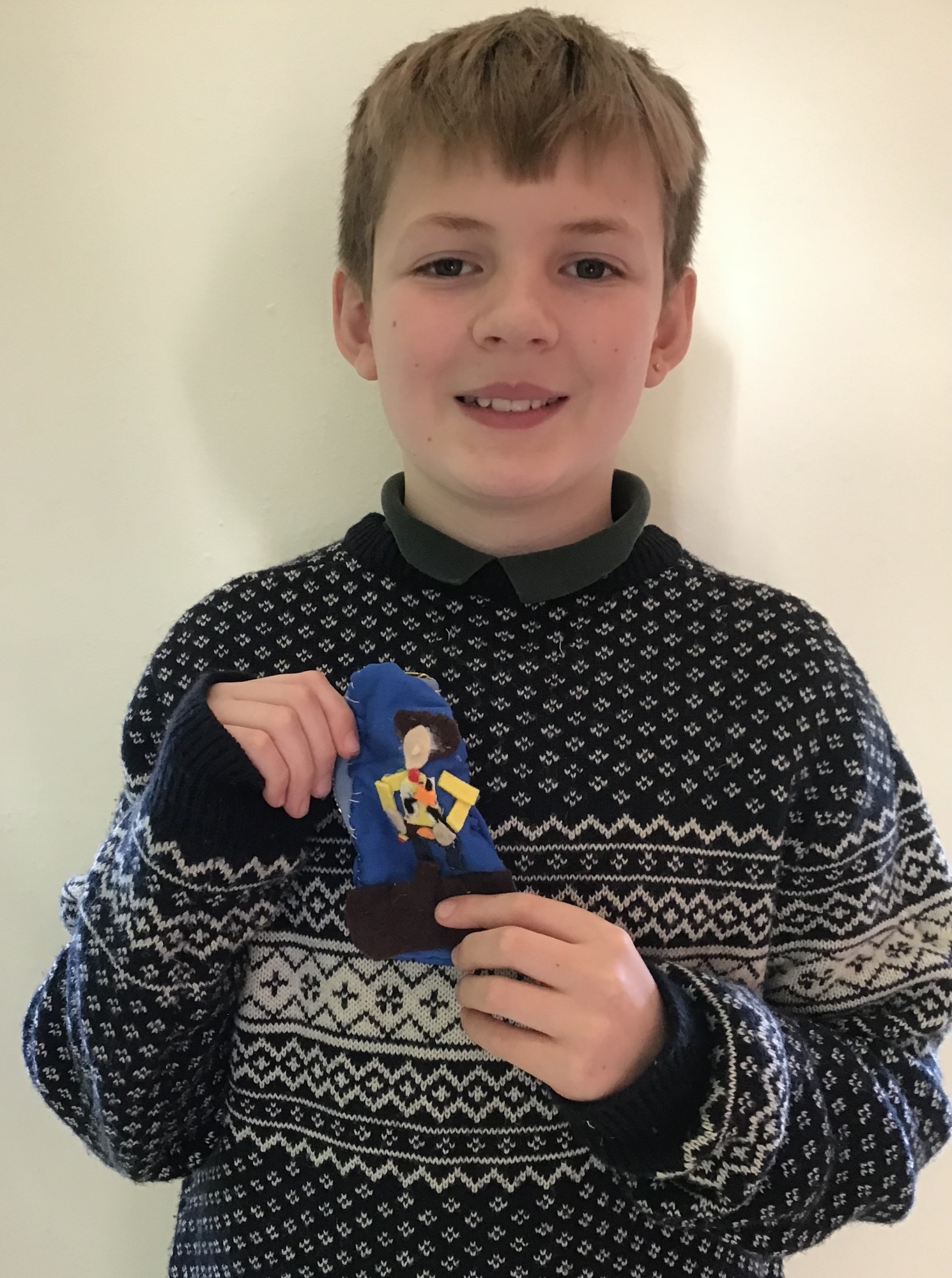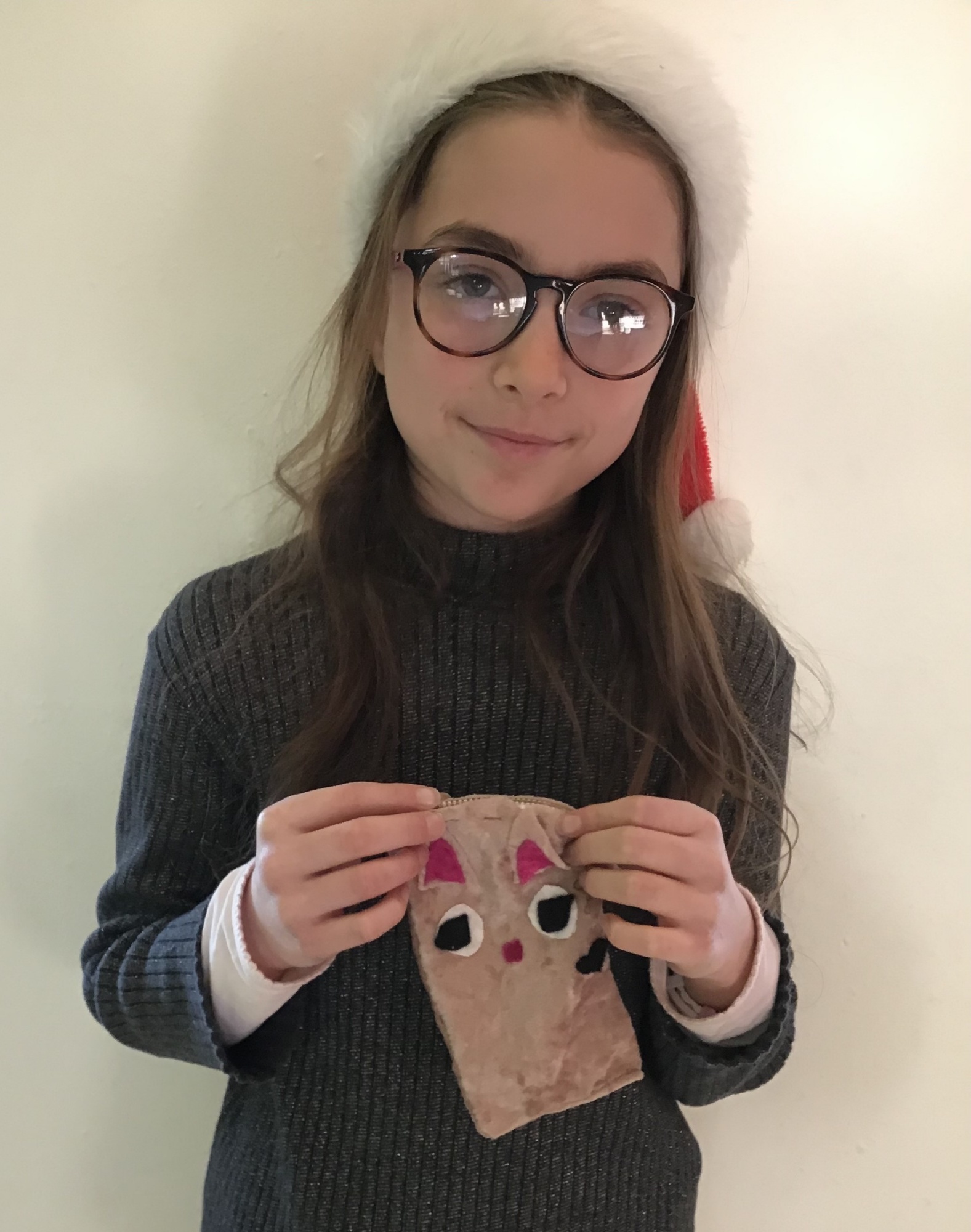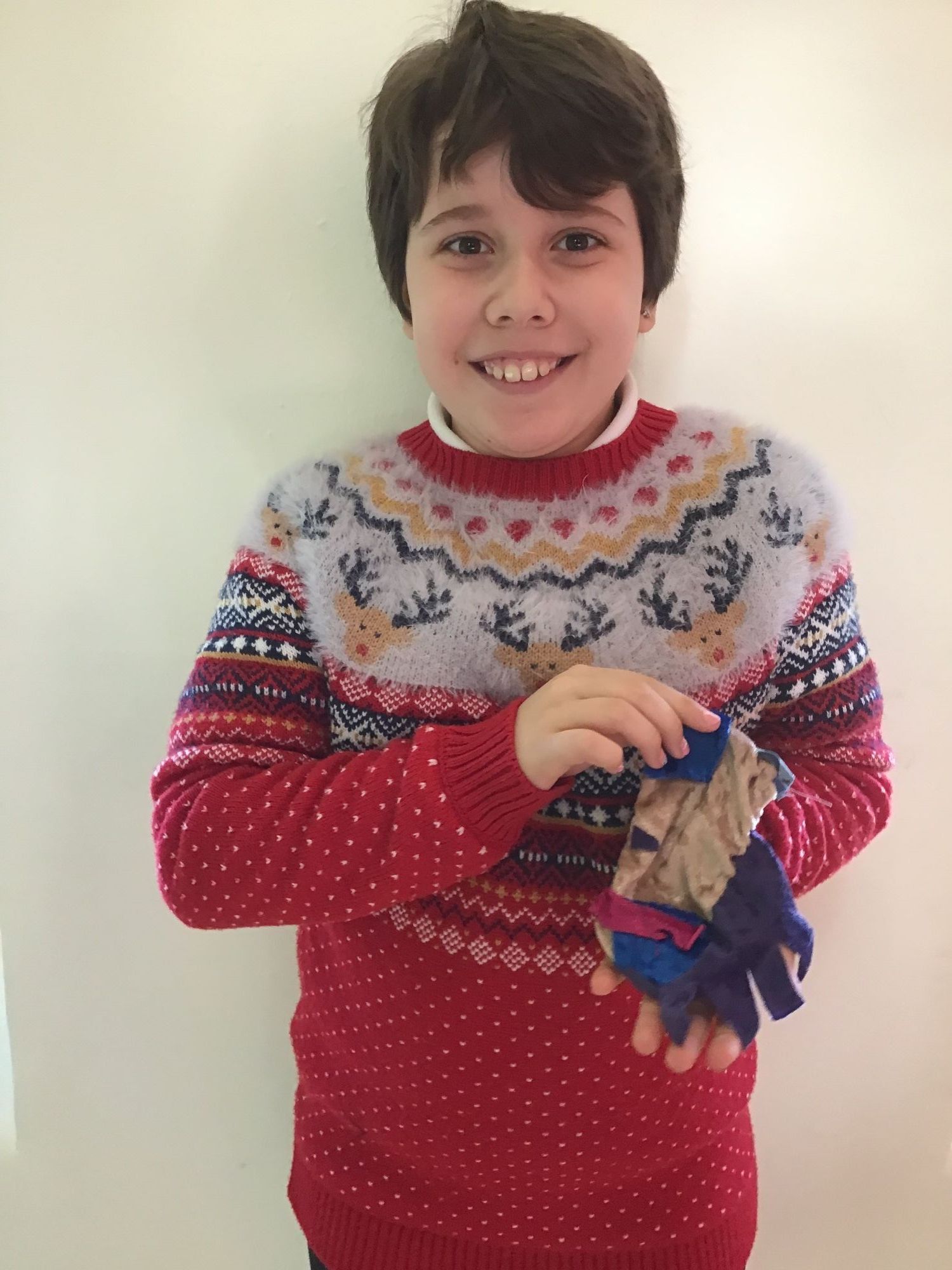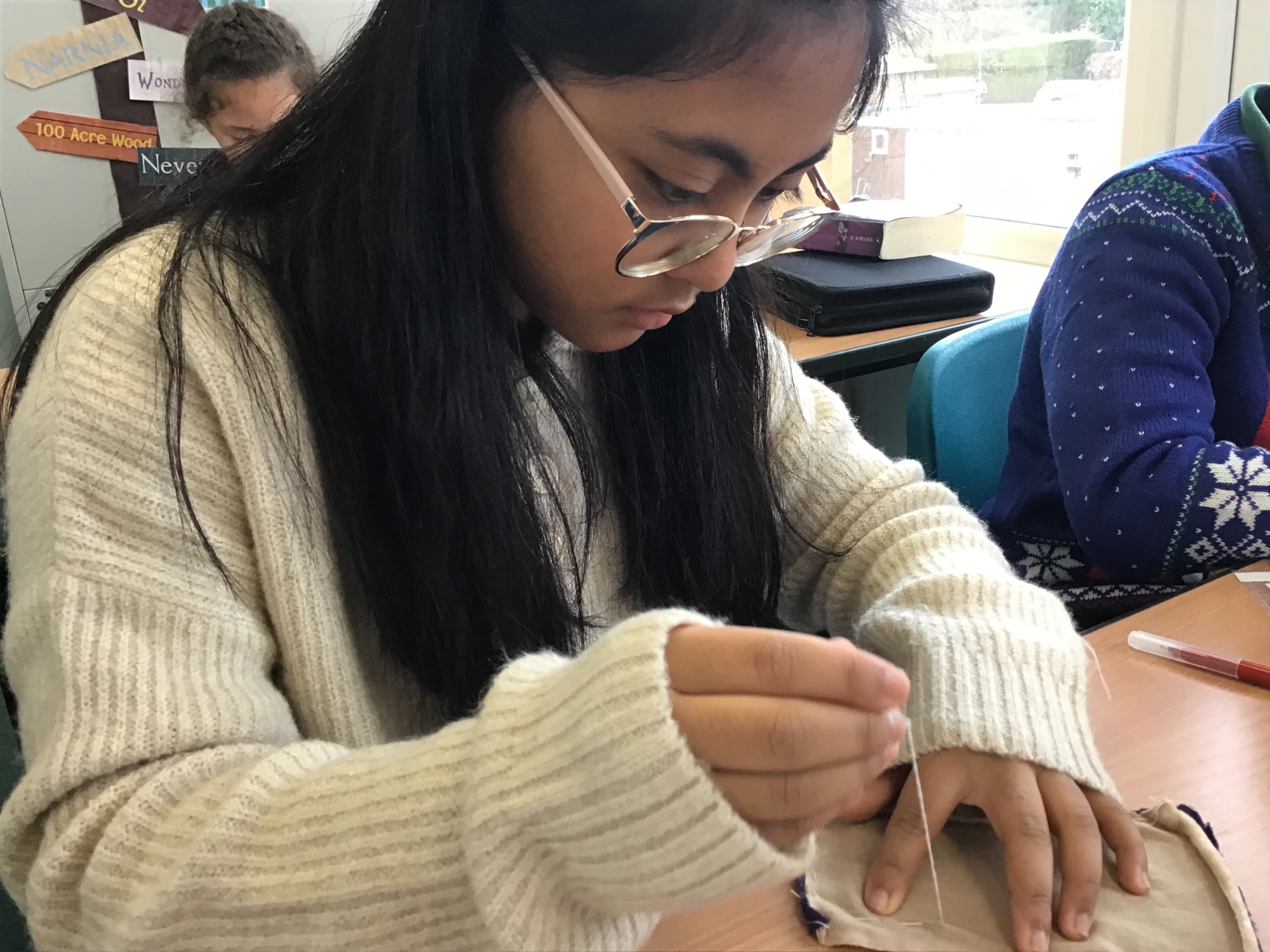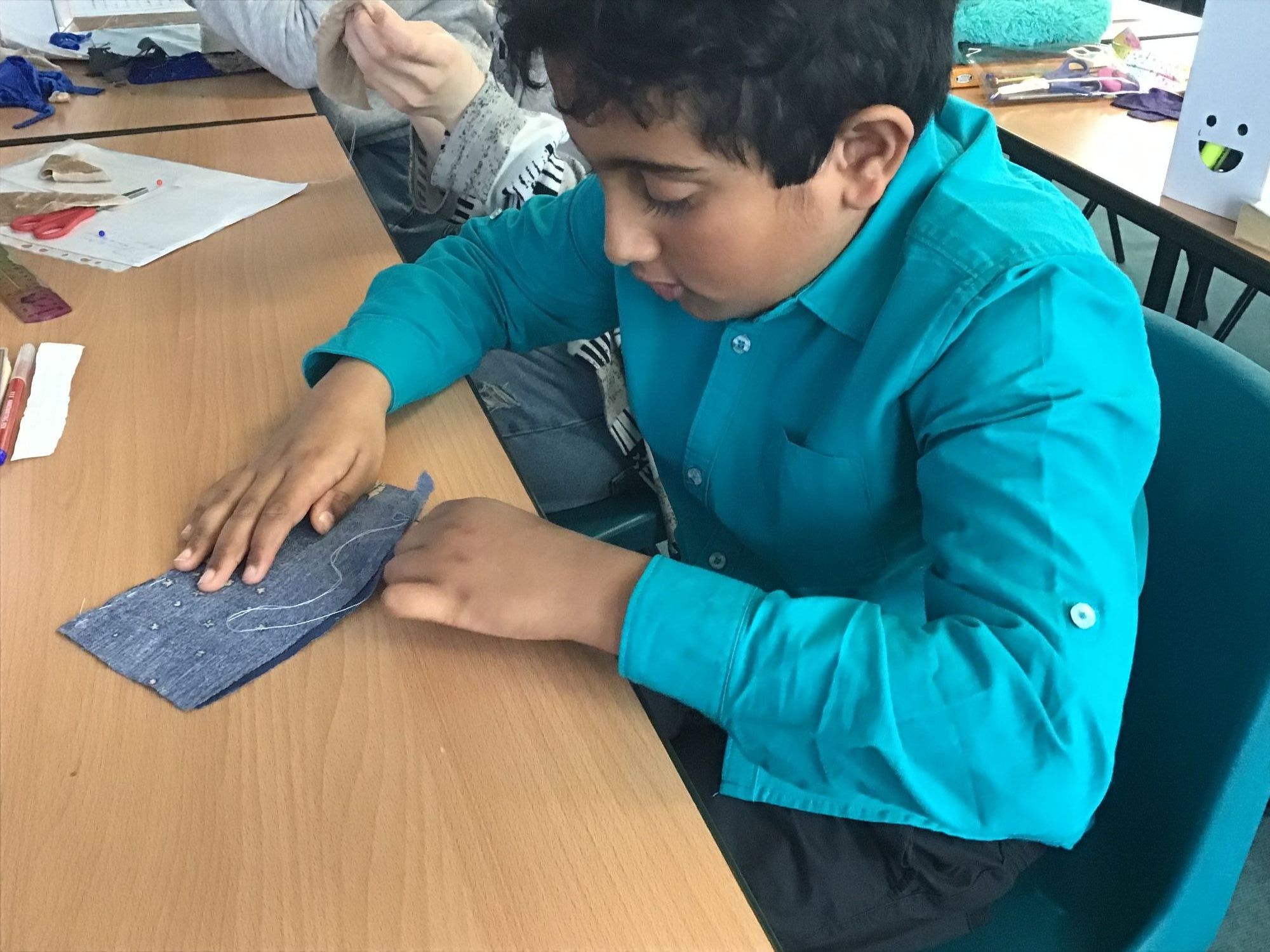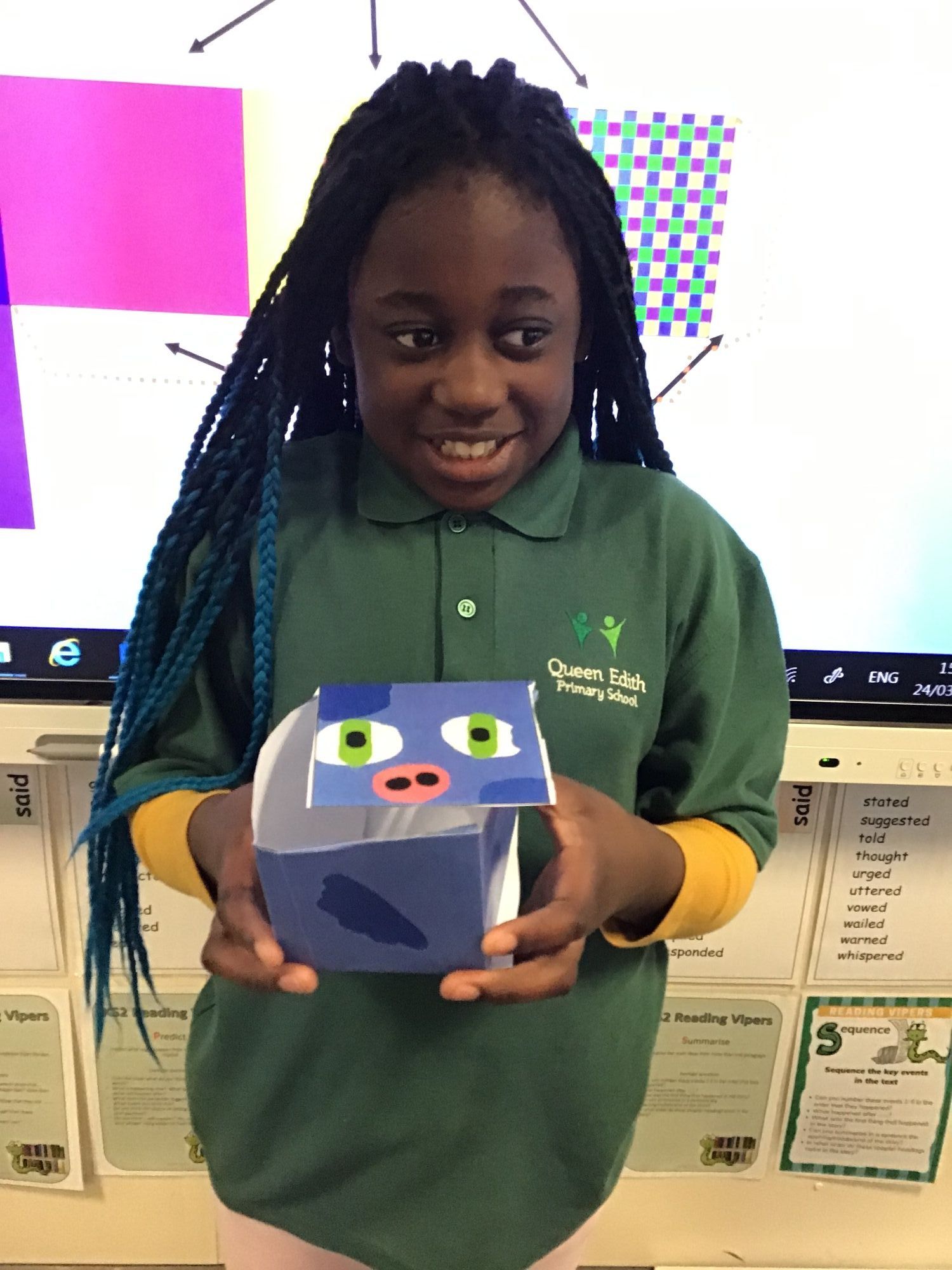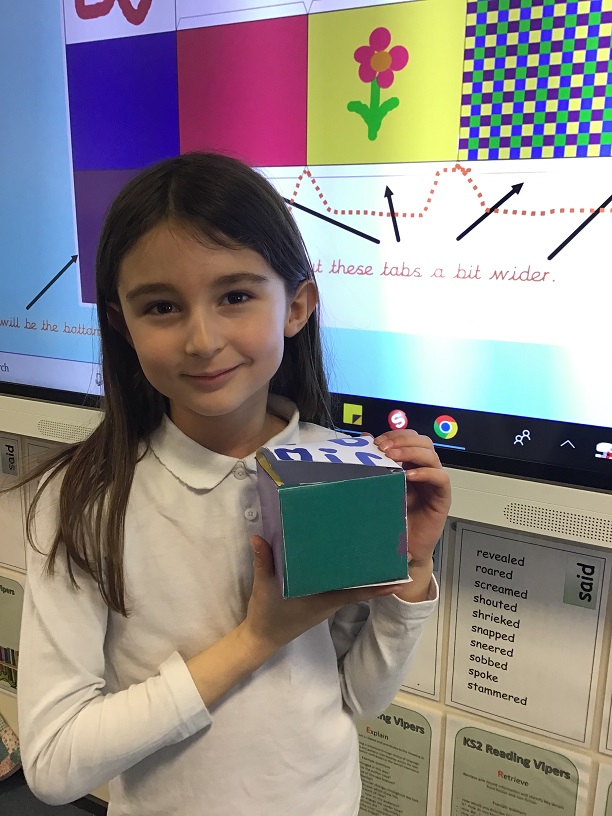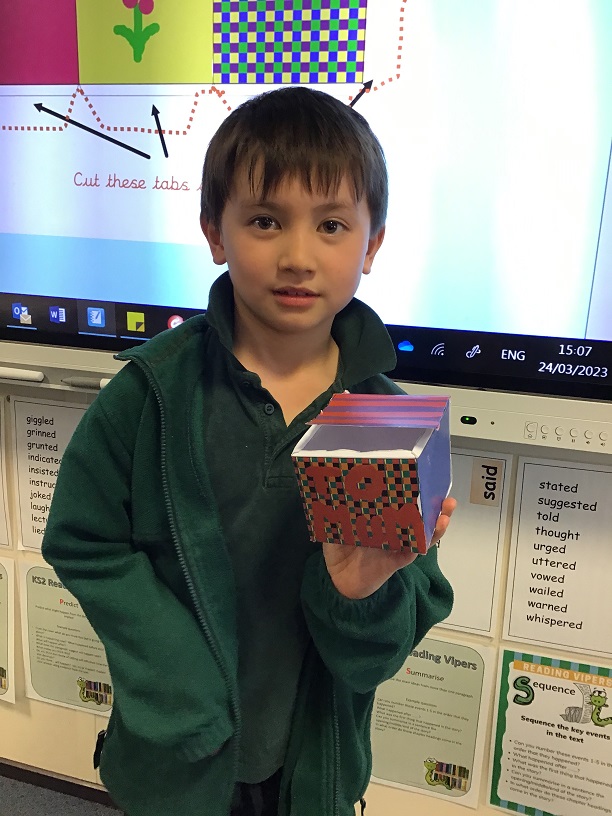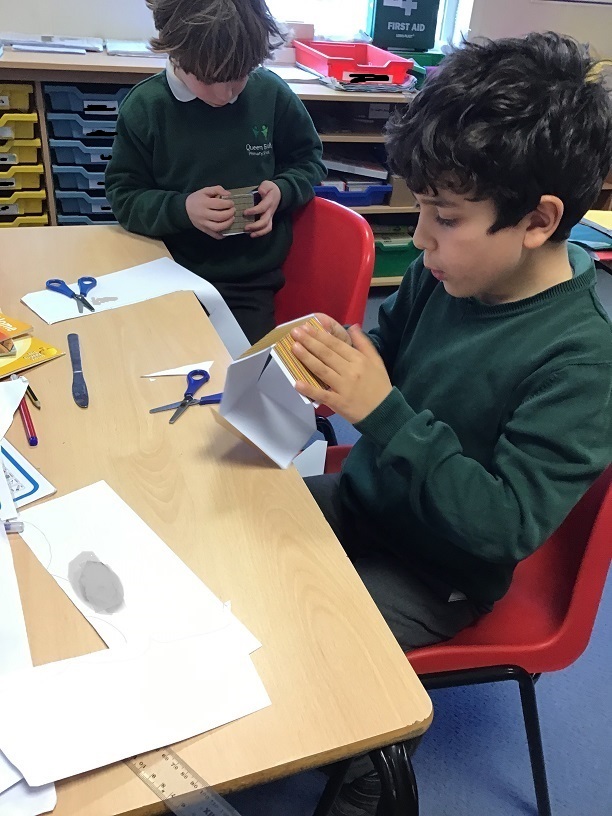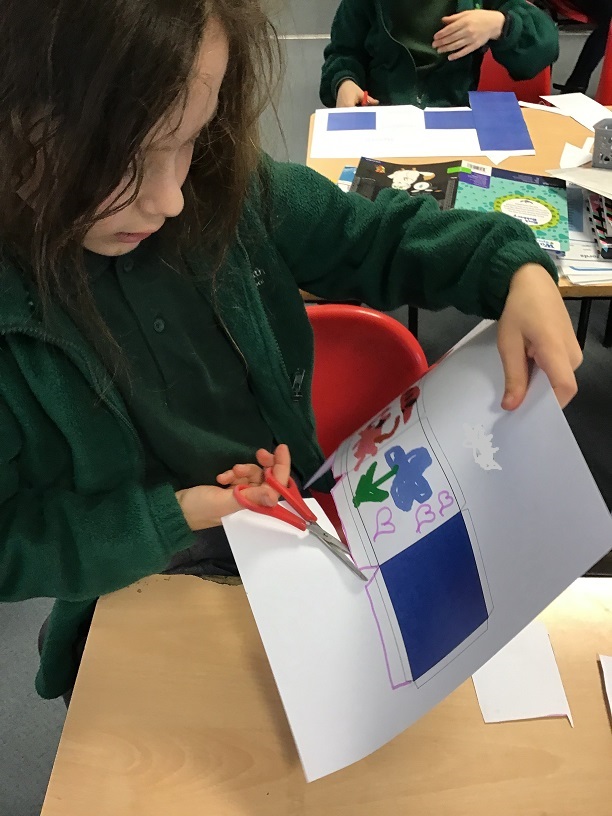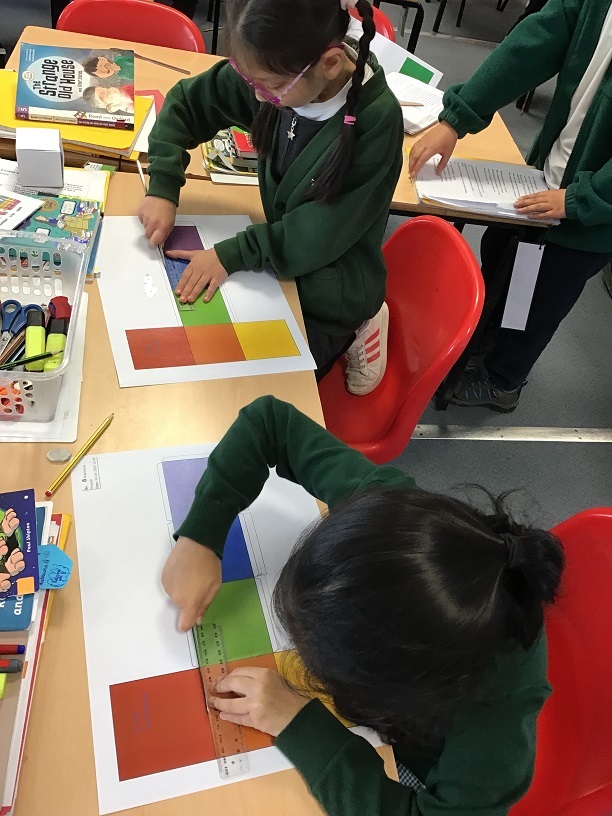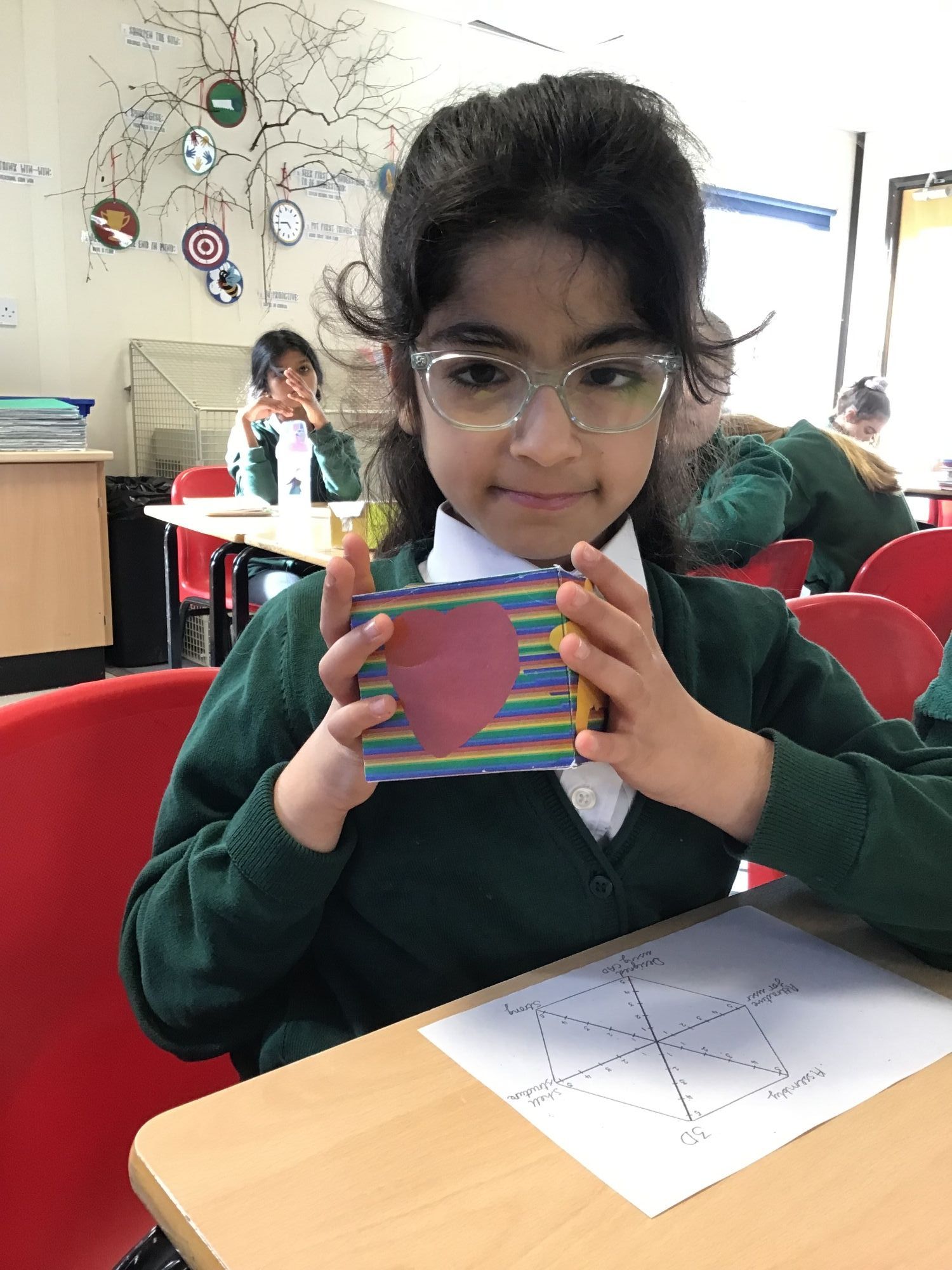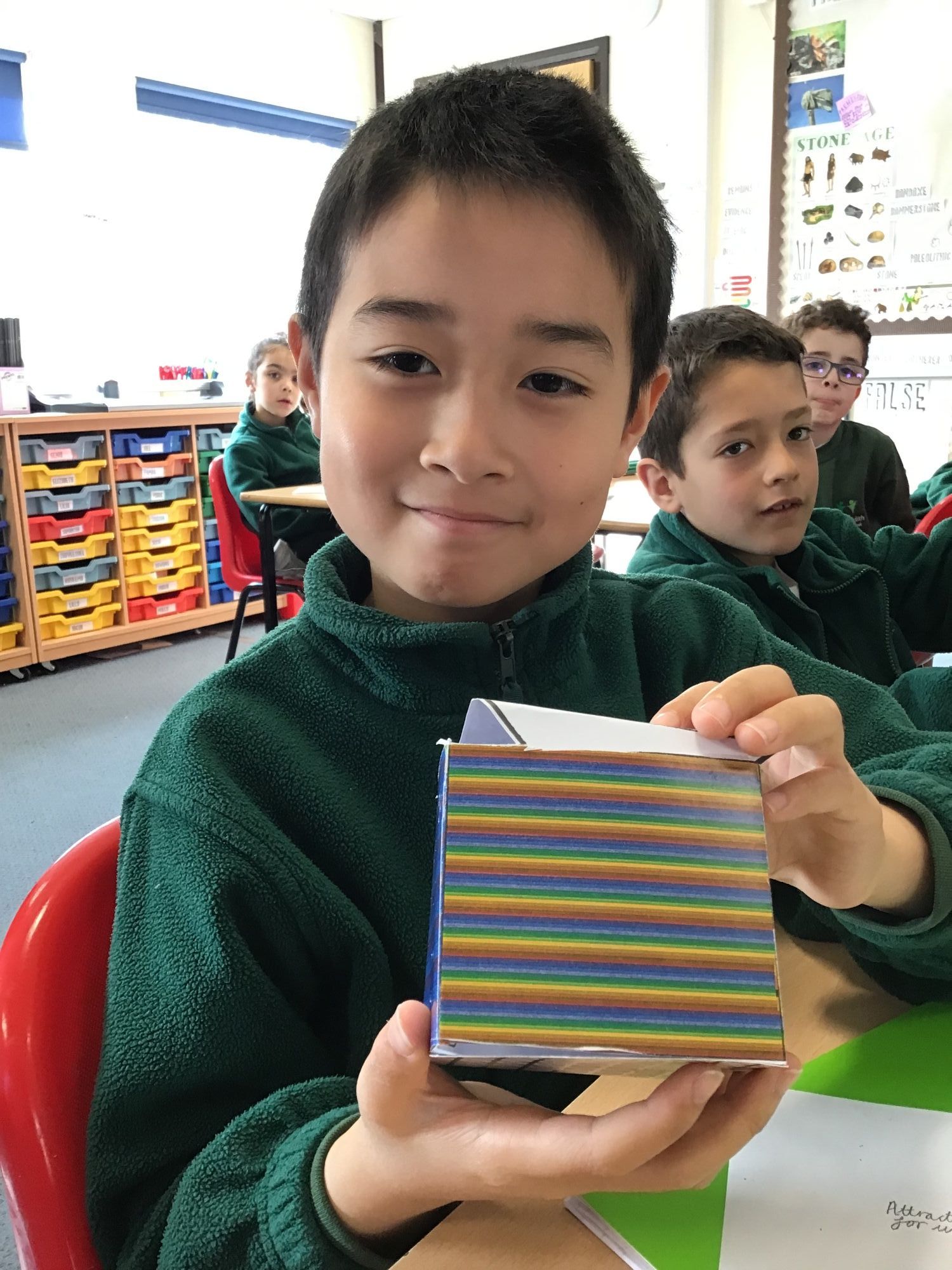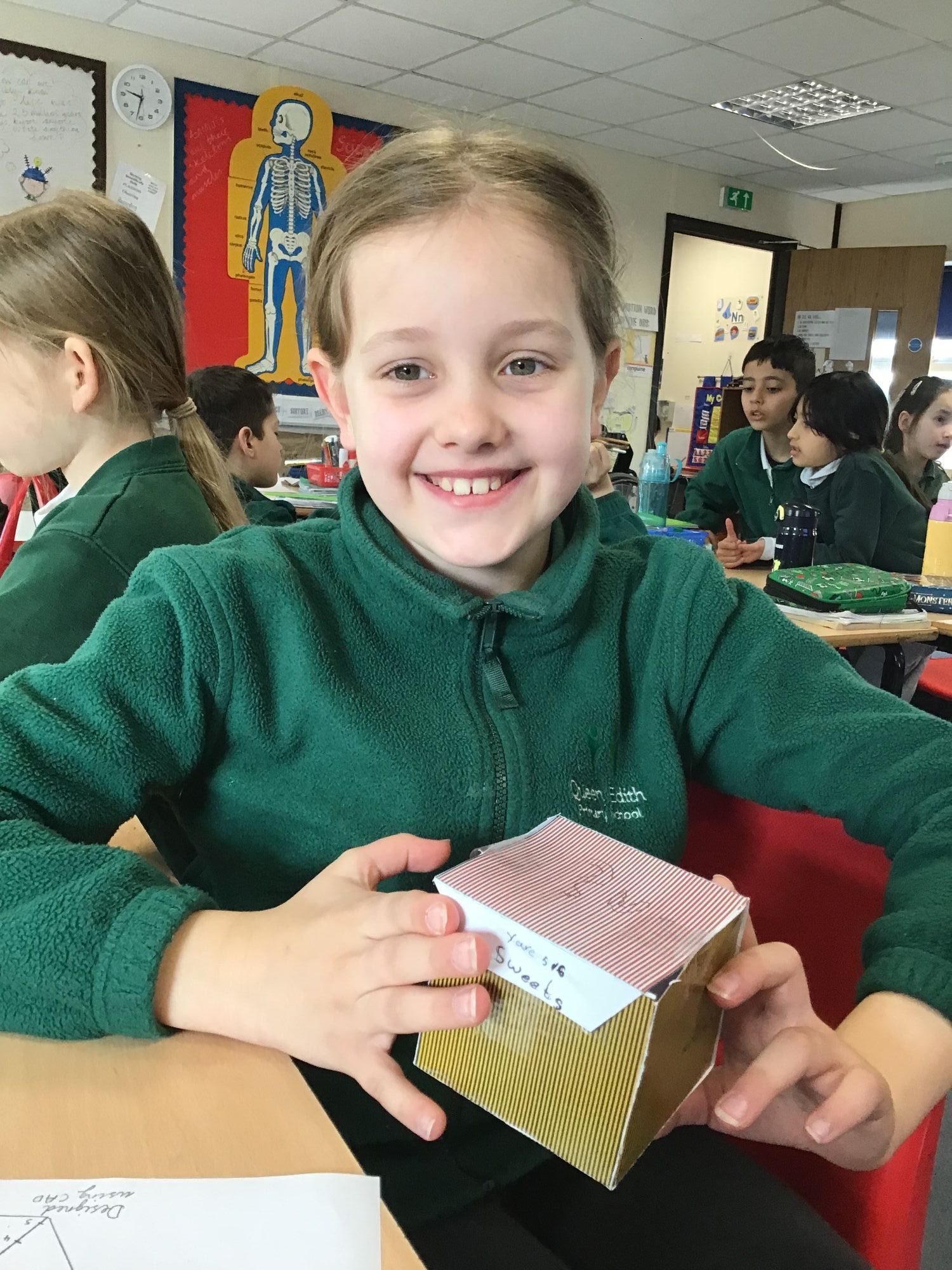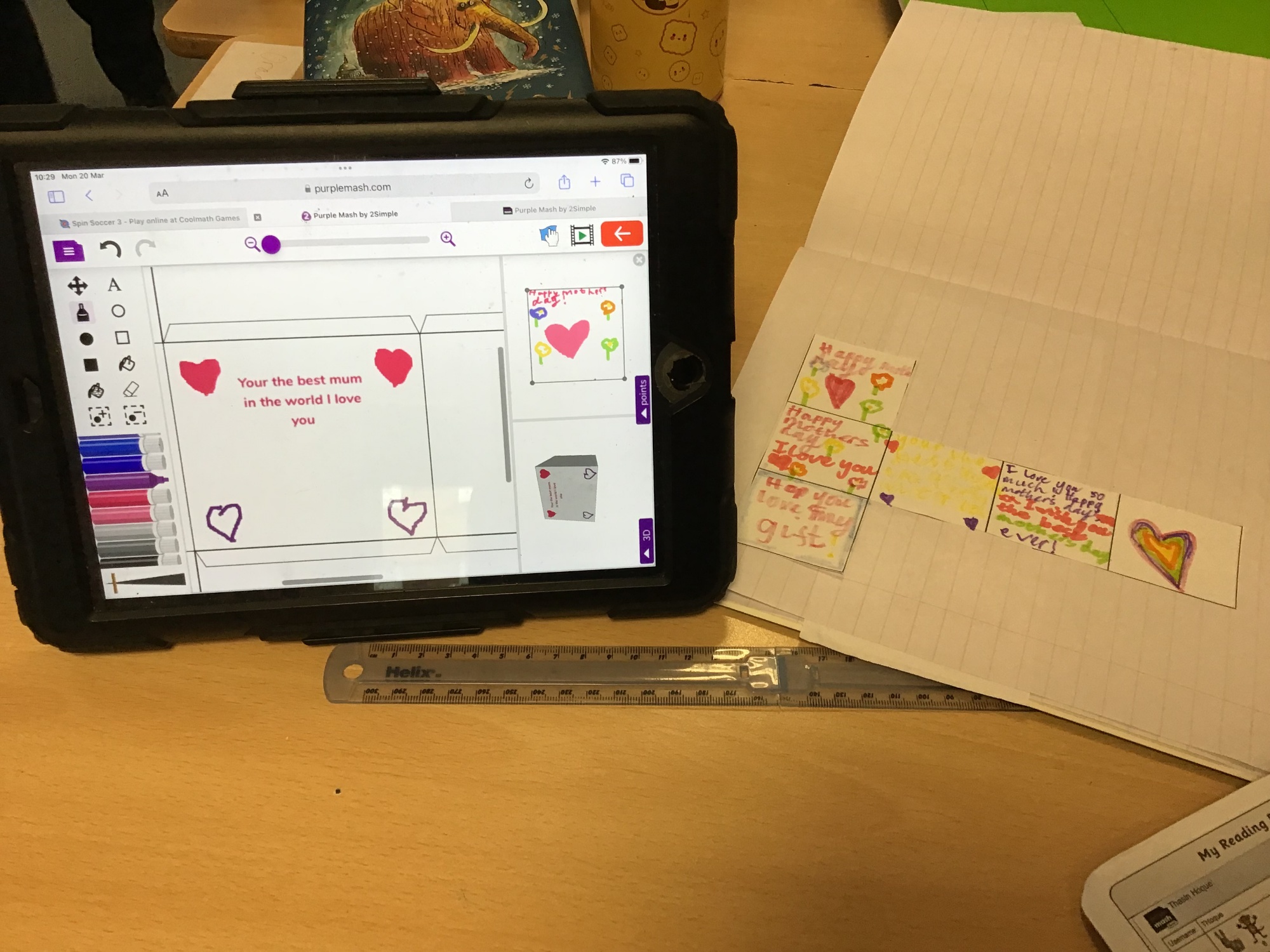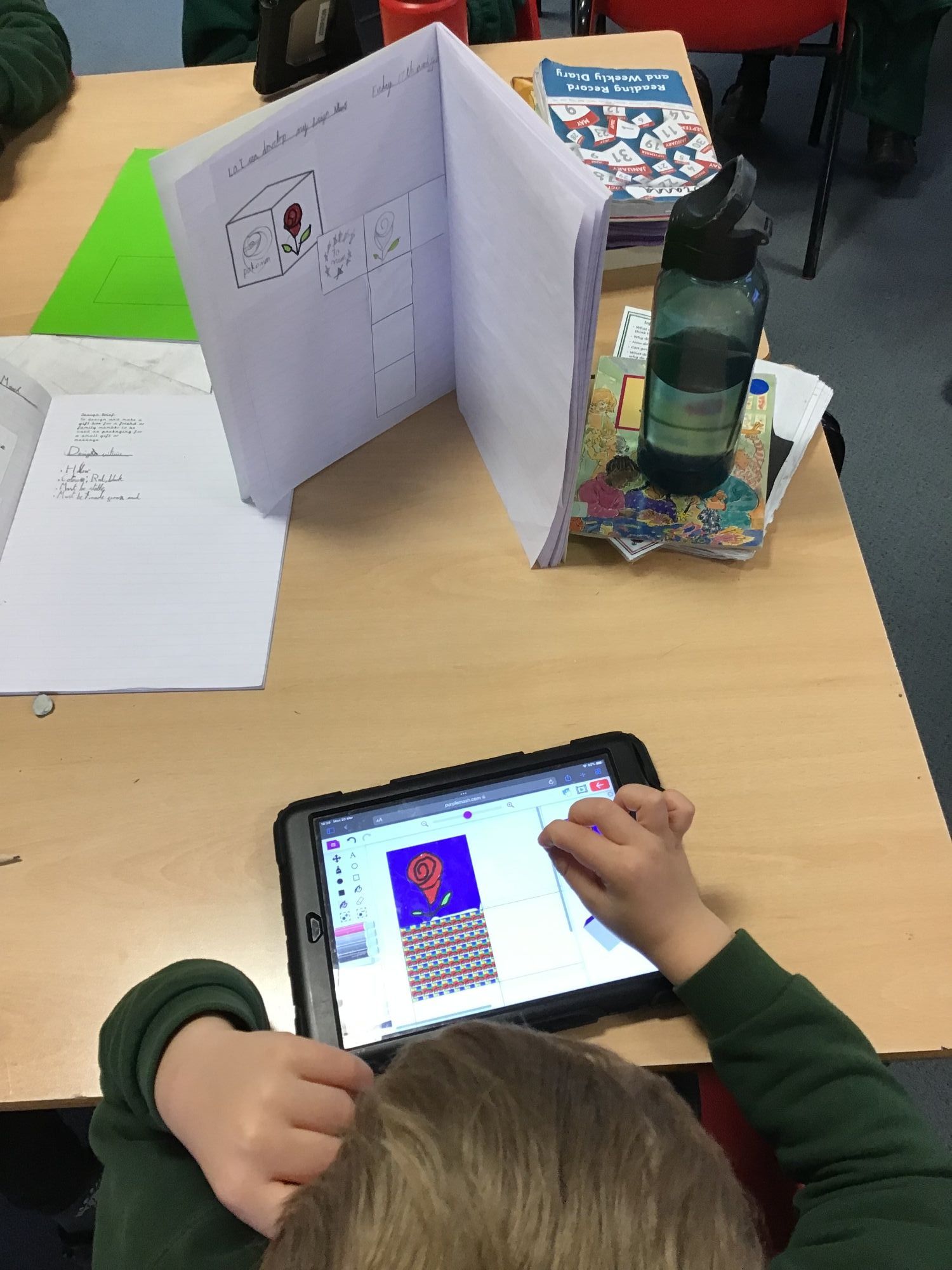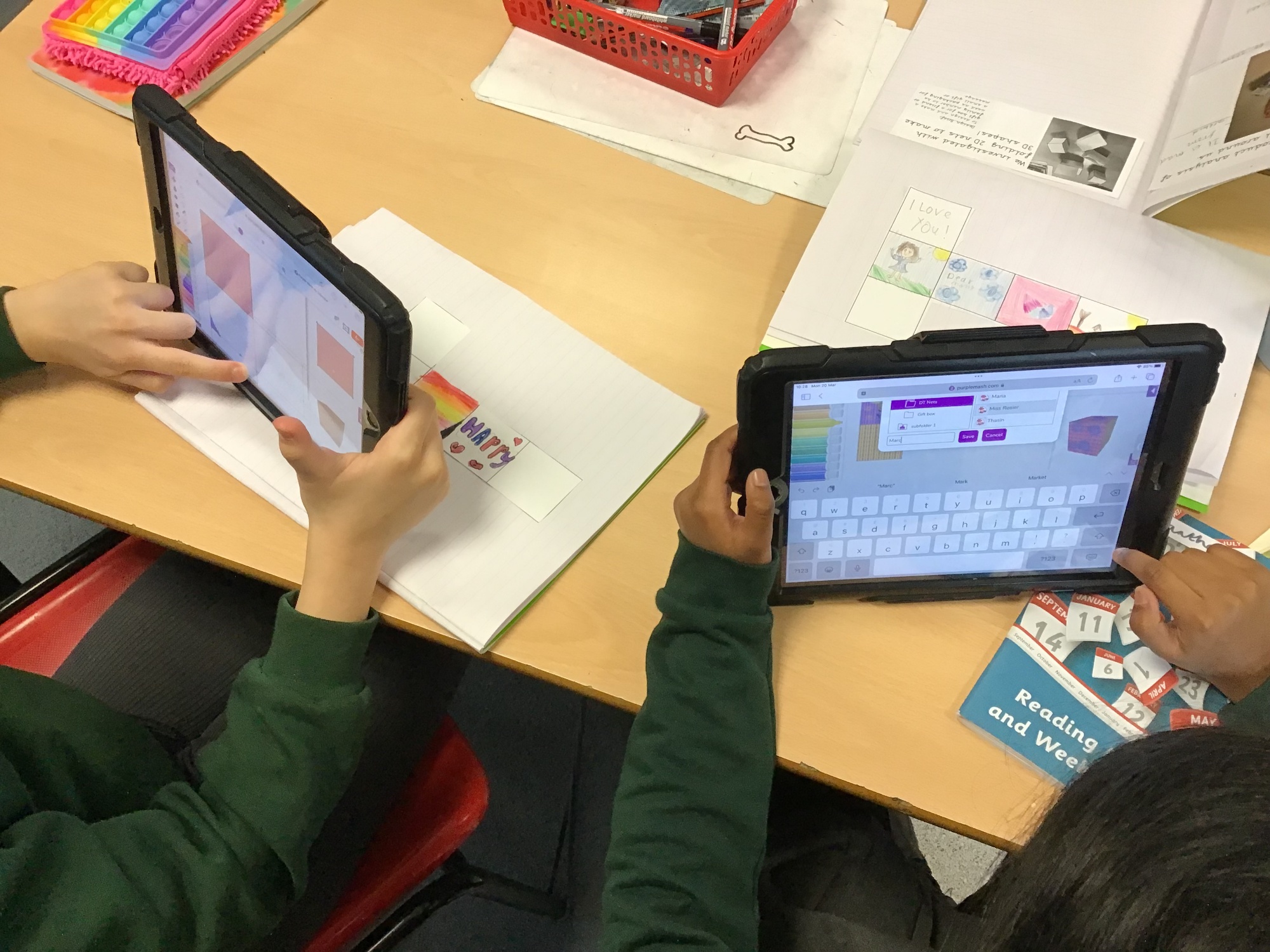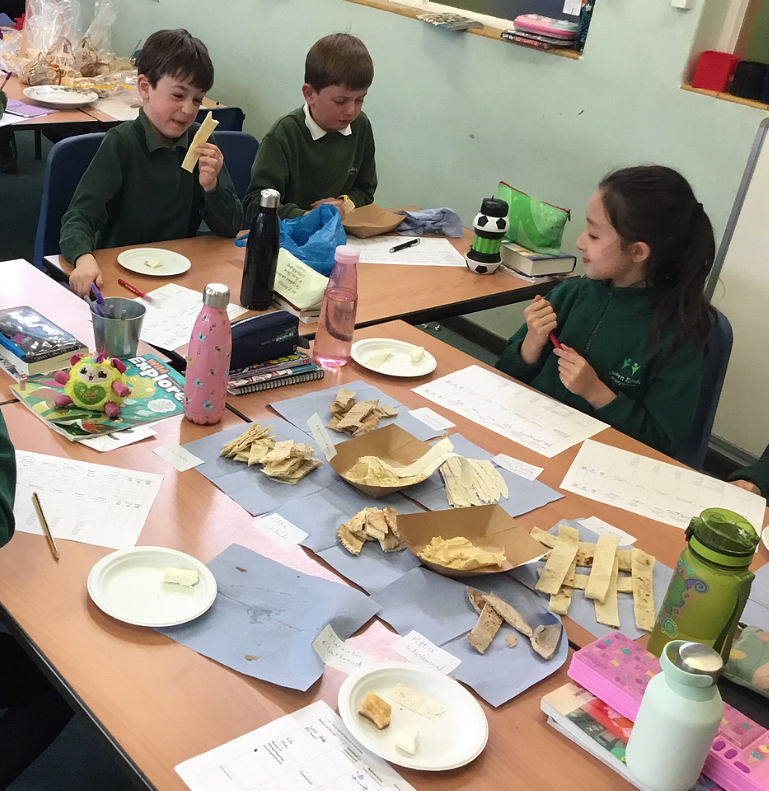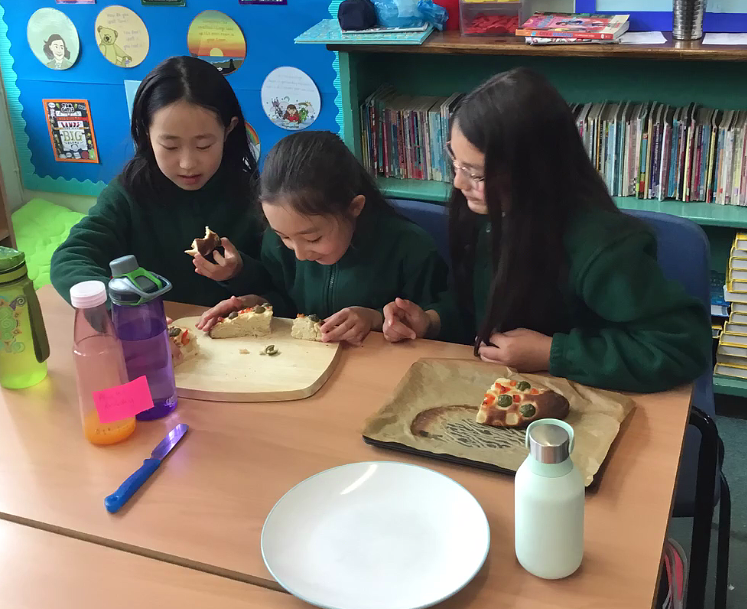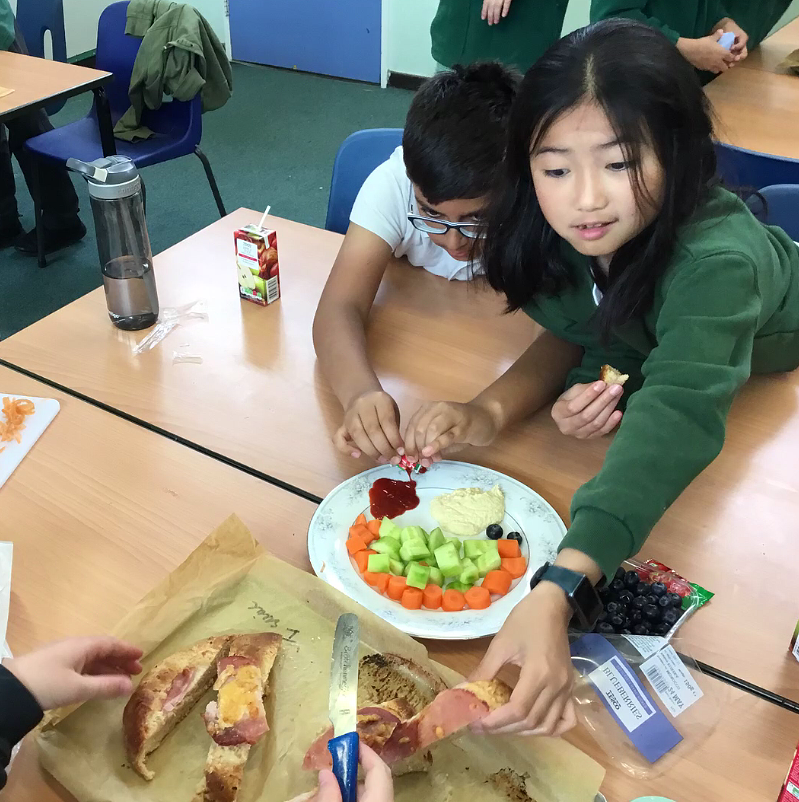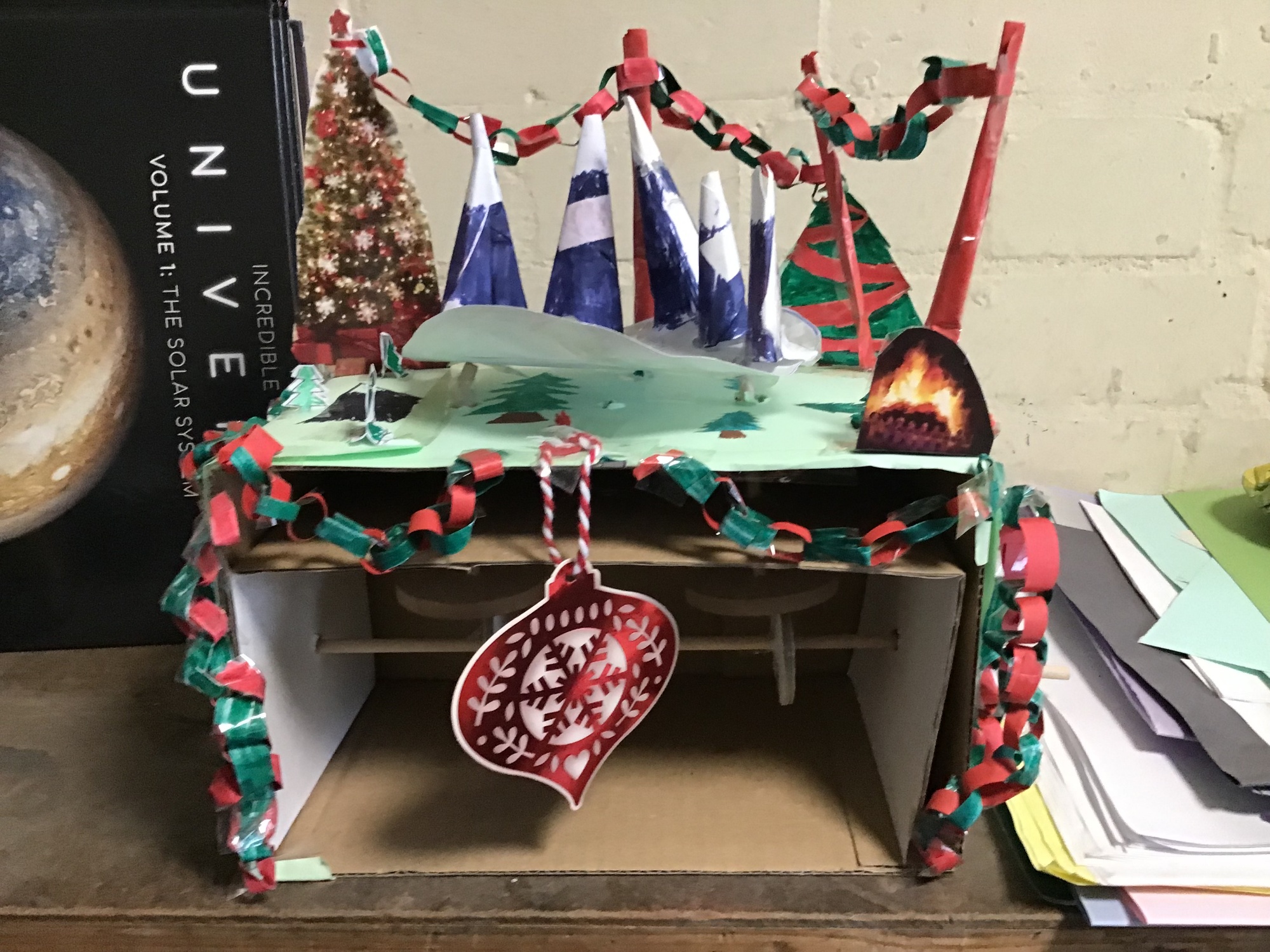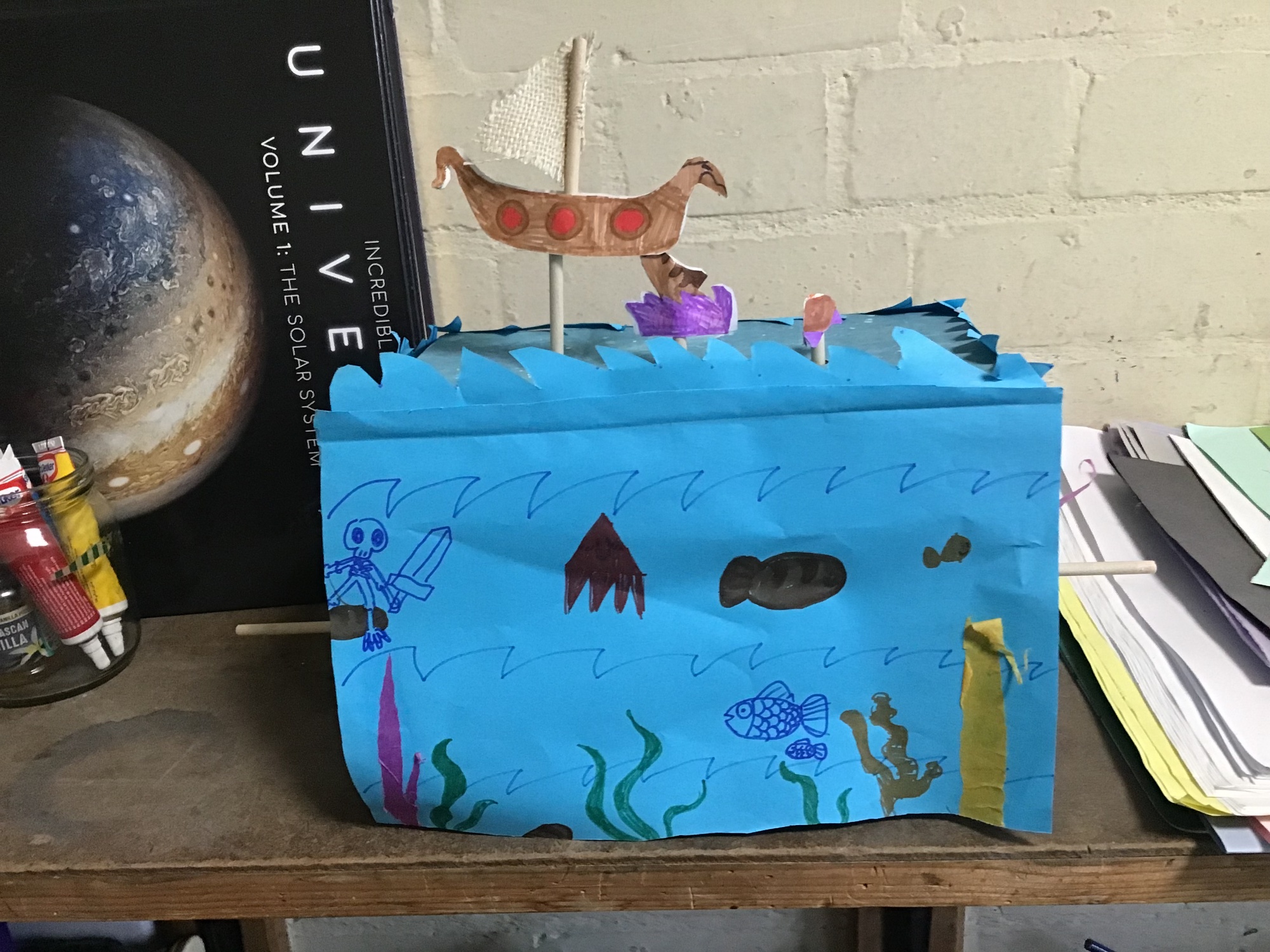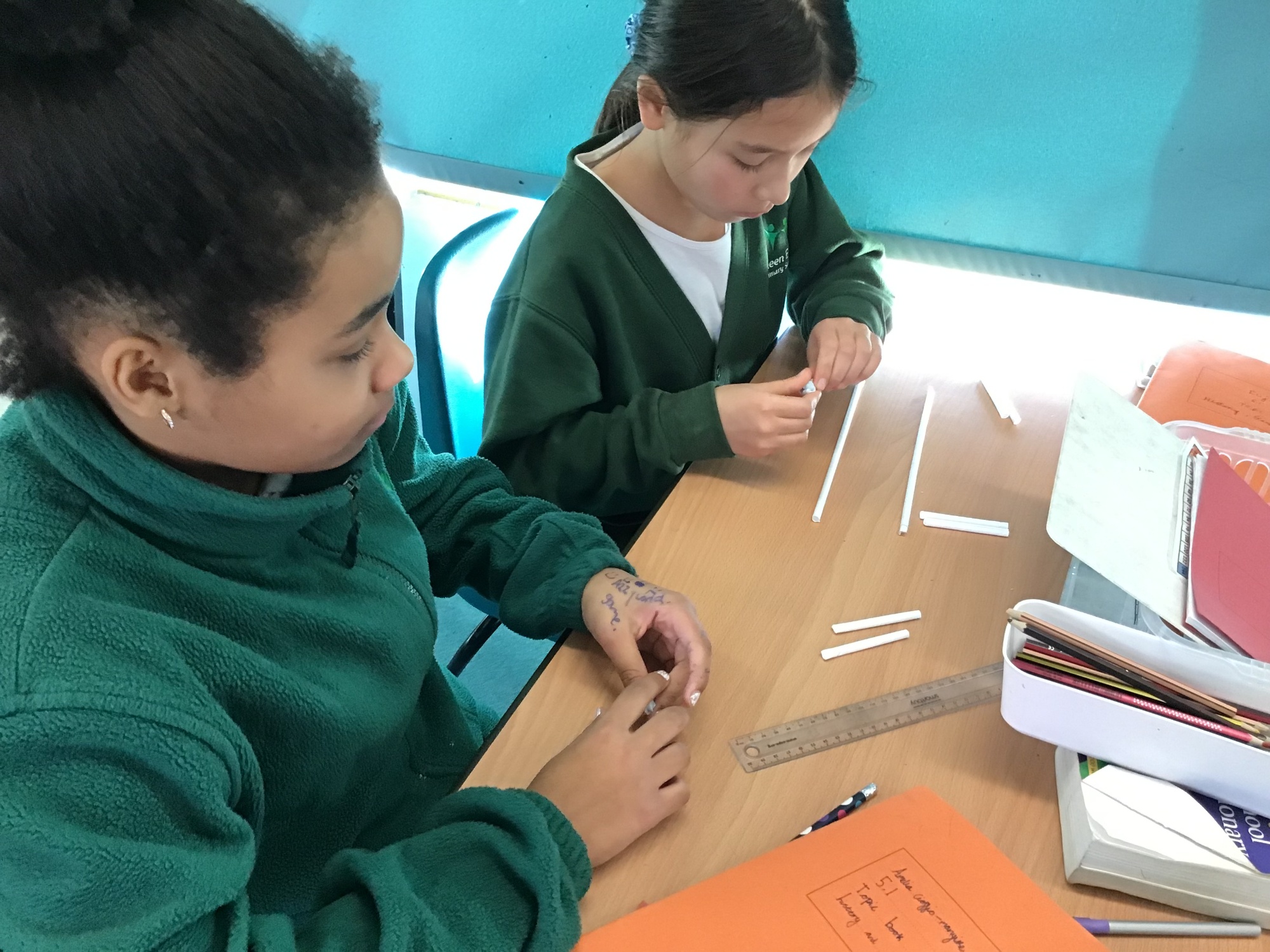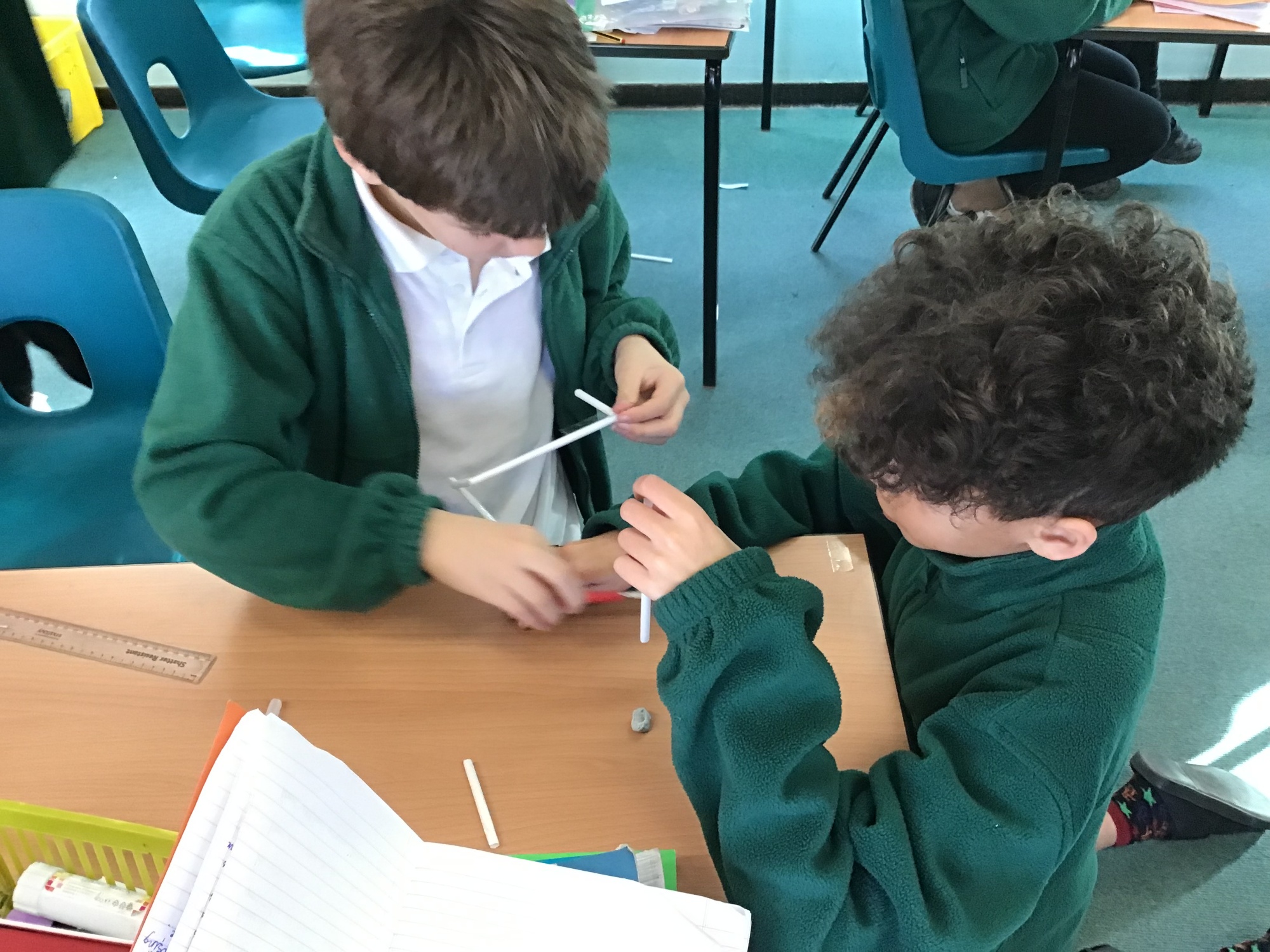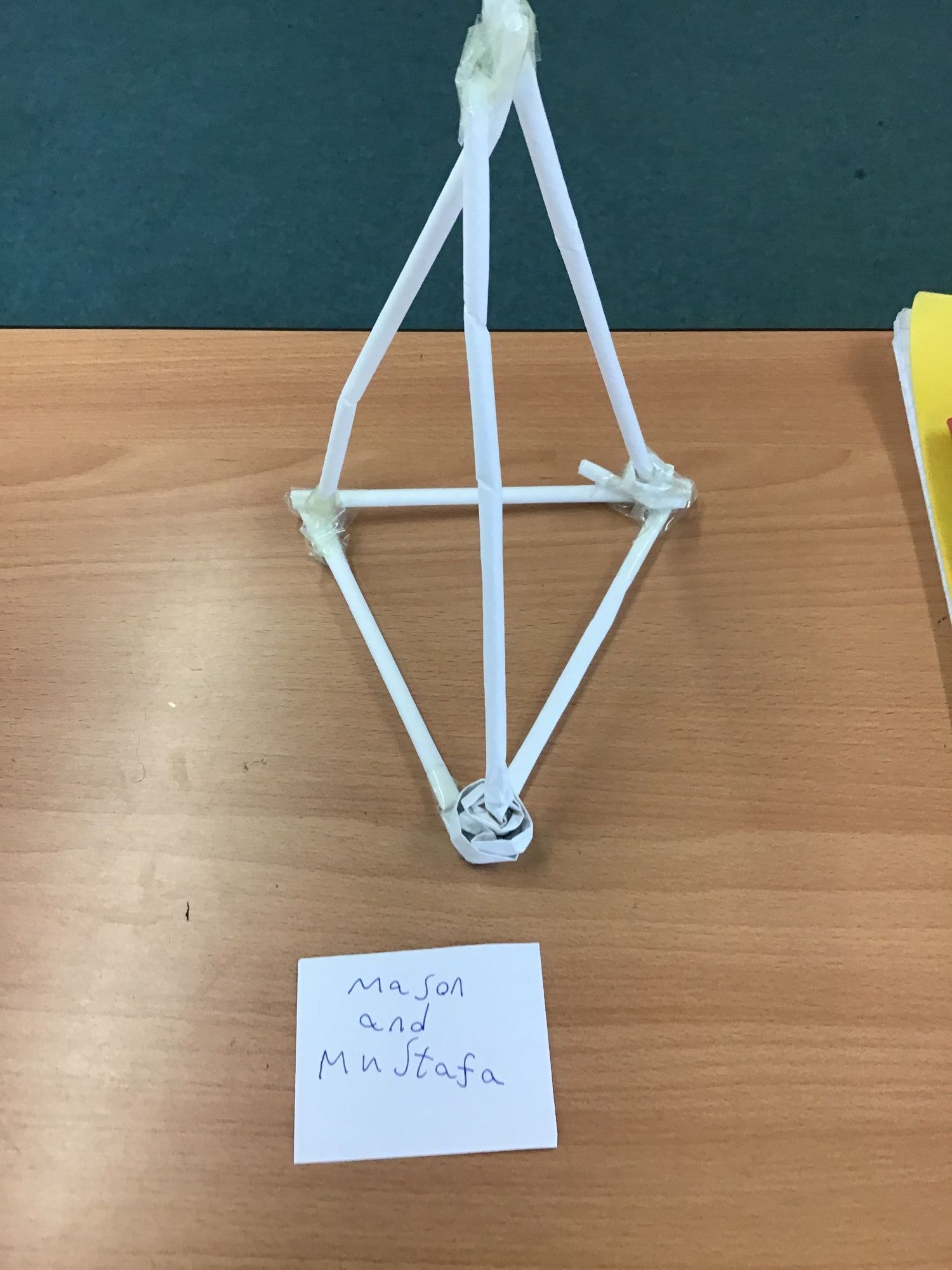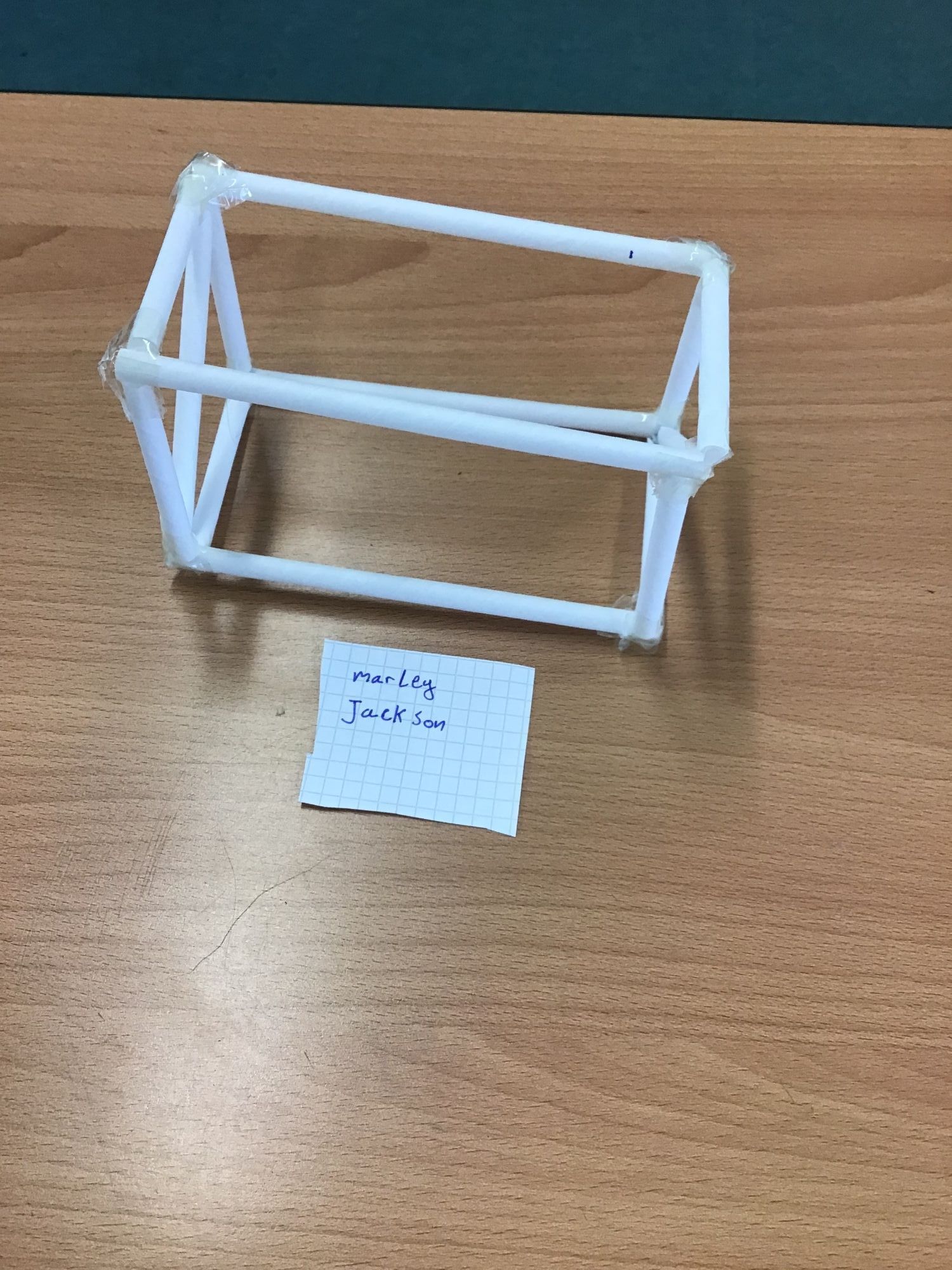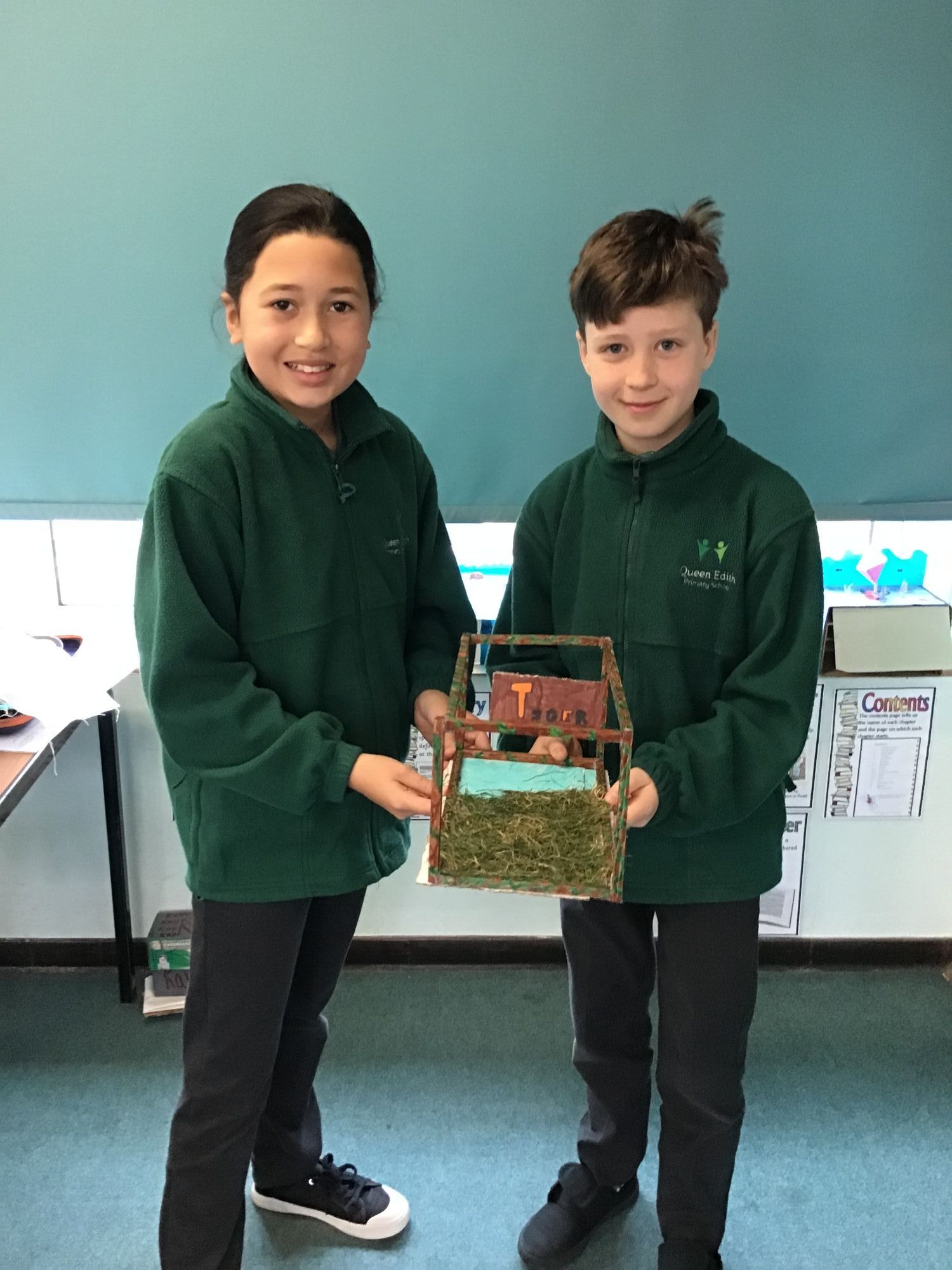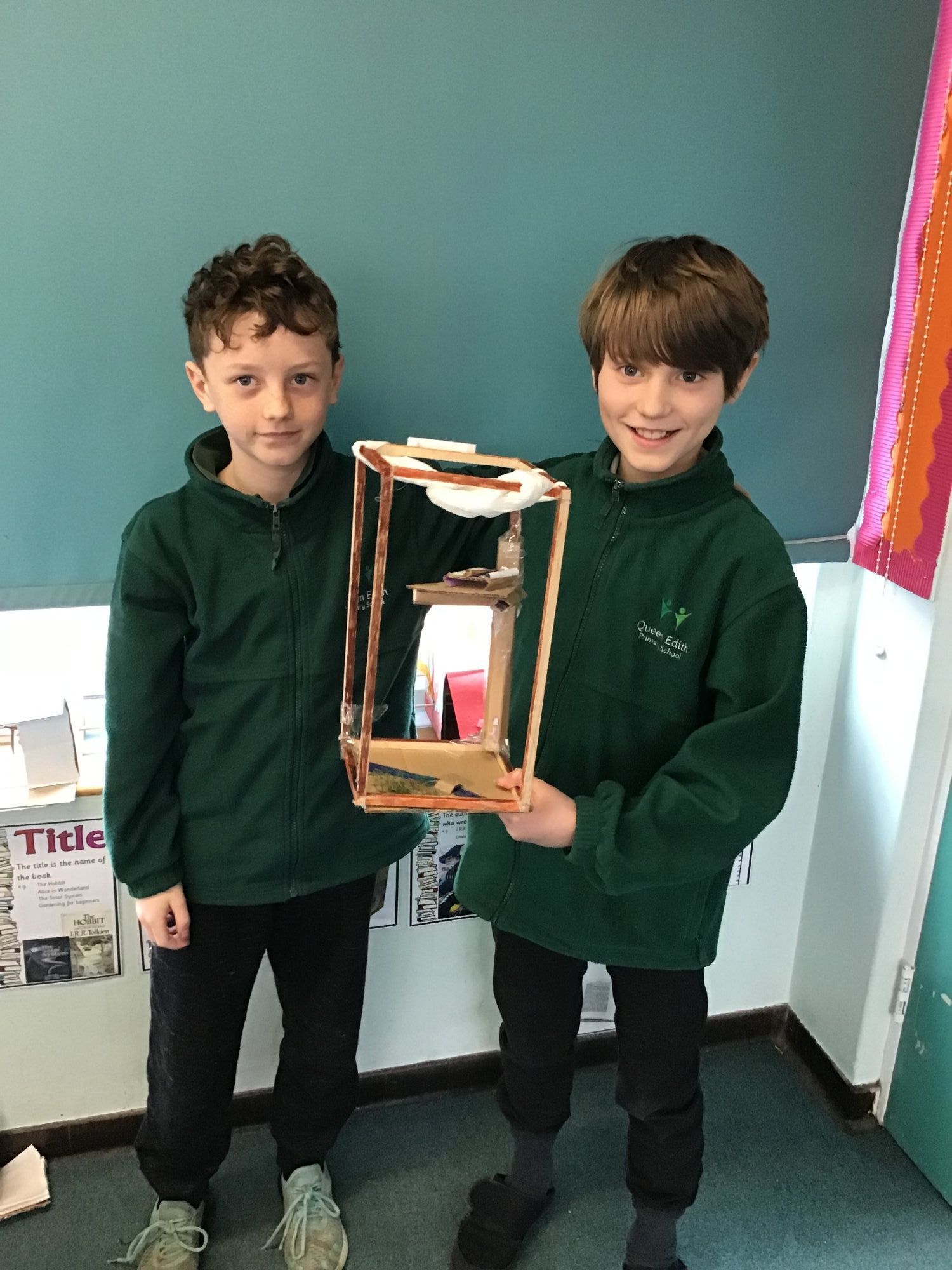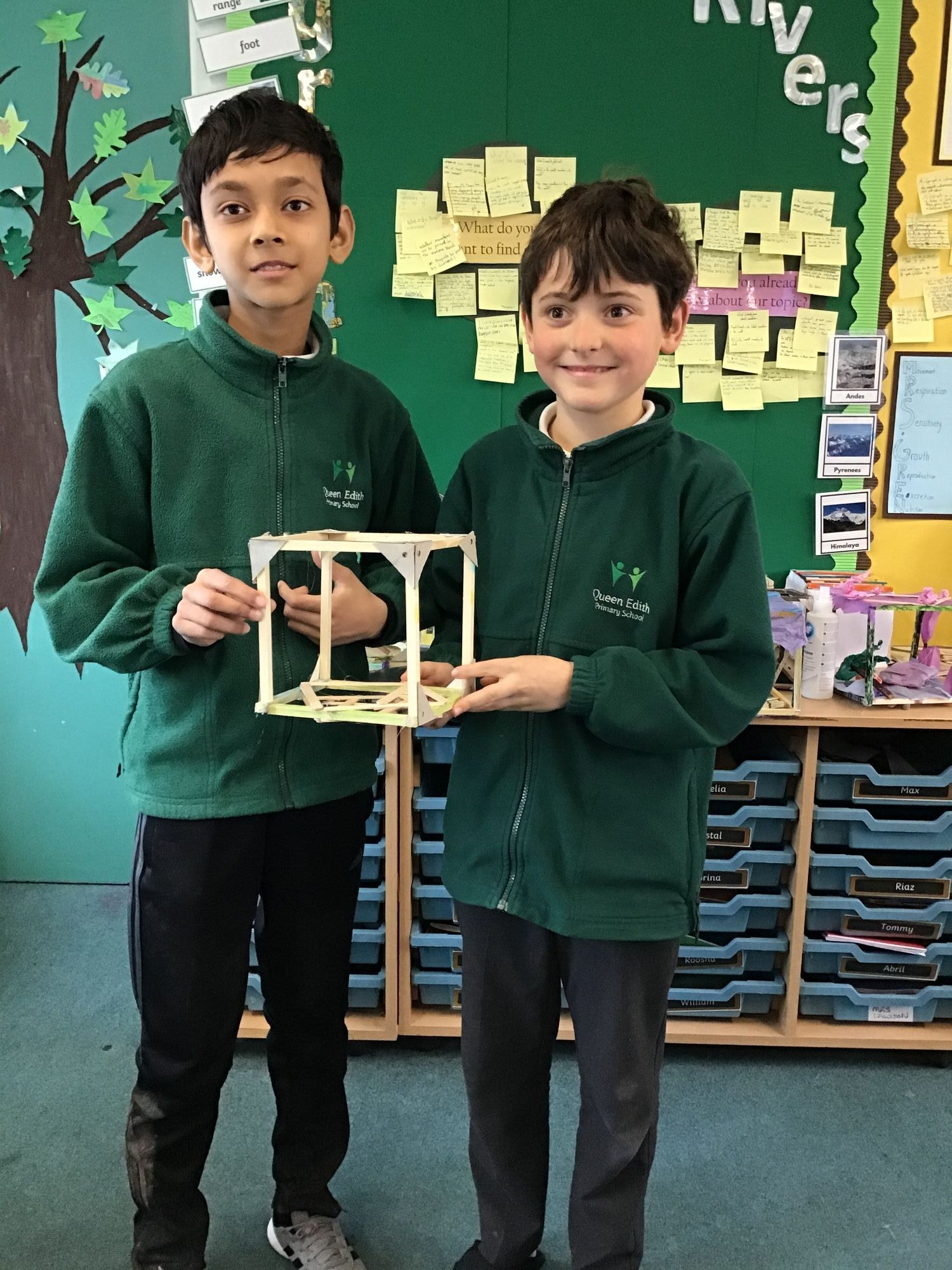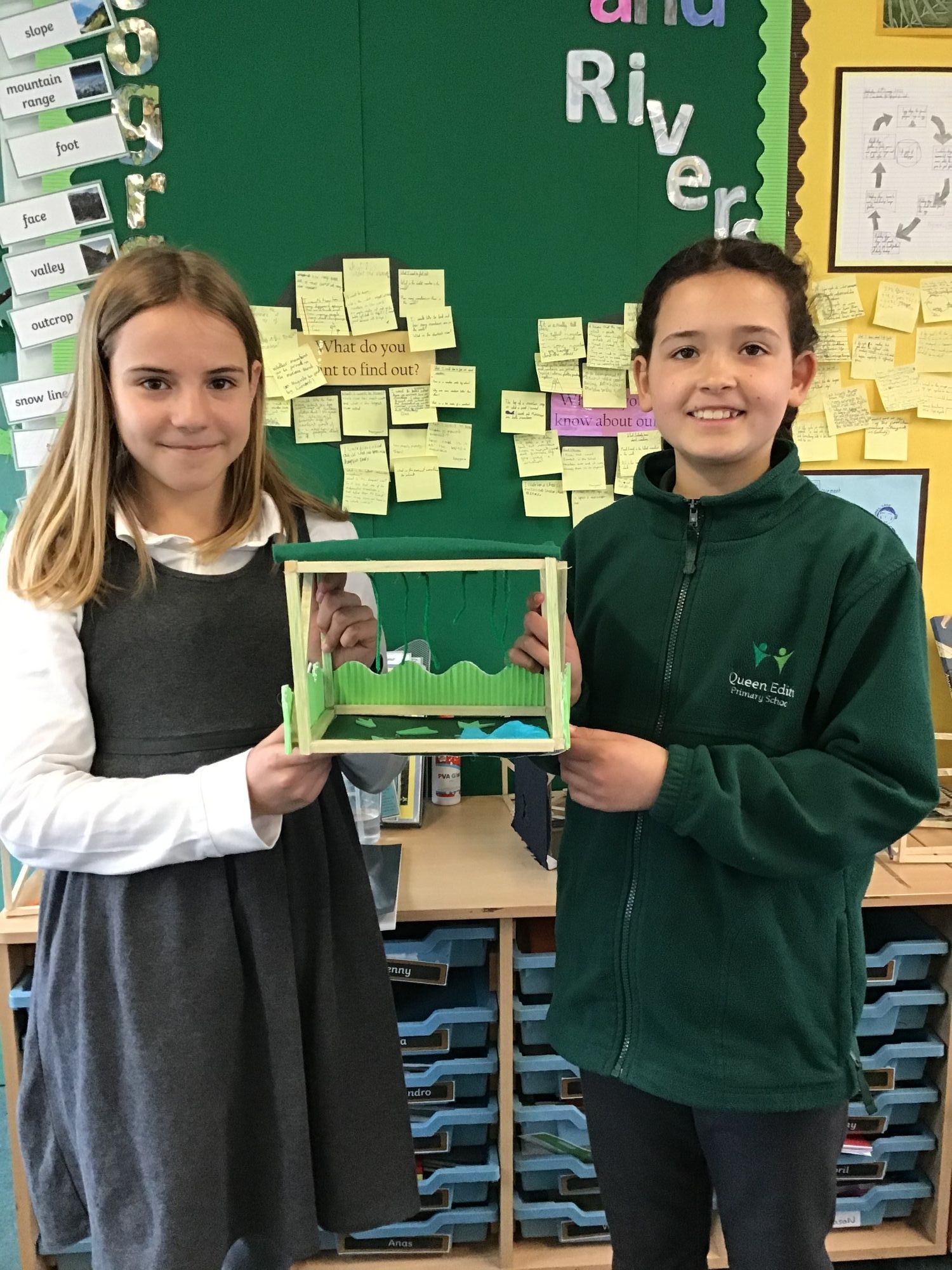Design and Technology
Queens’ Federation: Design Technology Subject Statement
Intent
At the Queens’ Federation we aim to foster ‘Learning for Life.’
We will provide a rich, relevant and inspirational curriculum that promotes a lifelong love of learning and equips our pupils with the key knowledge and understanding, skills and personal qualities that they will need to thrive in a rapidly changing world. Our curriculum is designed to be relevant to our children and is linked to the context of our school and the local community.
The intent of our Design Technology curriculum is to provide opportunities for pupils to learn and apply skills required in the designing, making and evaluating of an effective product for a specific user and a given purpose.
Design and technology lessons will enable pupils to learn about the world in which we live. They will inspire them to think independently and innovatively and use their creativity and imagination to design and make products that solve real and relevant problems within a variety of contexts. Pupils will be given opportunities to reflect upon past and present design technology, its uses in daily life, the wider world and its effectiveness.
Implementation
Our Design Technology curriculum is built around five key elements: mechanisms, construction, food technology, textiles and electrical systems. Each area is revisited, building upon pupils' prior knowledge and understanding of each element. Skills and knowledge are built upon year by year and are sequenced appropriately to maximize learning for all pupils. Throughout each element, pupils will follow the cycle of research, design, make and evaluate. The design process will be based on real life, relevant contexts which provide meaning to learning. While making, pupils will be given choice and a range of tools to choose freely from. When evaluating, pupils will be able to evaluate their own products, adapting and improving them against design criteria. Each stage will be given equal weighting and evidence of each stage will be seen in Design Technology books. Pupils will be made aware of health and safety issues related to all tasks undertaken.
Our Design and Technology curriculum is enriched, wherever possible, through links to learning in other curriculum areas such as mathematics, science, computing and art. Our curriculum is enhanced through the use of visits and visitors.
We view assessment as a holistic process, which takes place in every lesson through observation of, in questioning and in conversation with pupils and in the production of written outcomes. Design Technology assessment criteria set out the key knowledge and skills that a pupil should achieve at the end of each unit of work.
Impact
Our curriculum aims to ensure that pupils leave the Queens’ Federation with the skills, knowledge and understanding to become discriminating and informed users of products and innovative citizens. It will enable pupils to develop a greater awareness and understanding of how everyday products are designed and use their creativity and imagination to create their own high quality products. Pupil outcomes evidence a broad and balanced design and technology curriculum and at the end of each year, pupils achieve age related expectations and retain the knowledge and skills learnt from each unit of work.
Yearly Overview
Design and technology at Queen Edith is linked very closely to the class topics taught in each half term. Below is a table which shows the projects children complete in the different year groups. For each DT unit there is an opportunity to investigate and evaluate current products. New practical skills are taught and practiced for each unit to ensure progression throughout the school, and the children then use their prior knowledge and new learning to design, make and evaluate a product. This product is always a ‘real’ product to solve a real problem or to serve a real purpose for the specified user.
| Autumn 1 | Autumn 2 | Spring 1 | Spring 2 | Summer 1 | Summer 2 | |
|---|---|---|---|---|---|---|
| Year 1 |
|
Design, Make and Evaluate: Moving vehicle toy Focus: Mechanical Systems (Wheels and Axles) |
|
Design, Make and Evaluate: 2D castle picture with moving parts Focus: Mechanical Systems (Sliders and Levers |
|
Design, Make and Evaluate: Fruit salad Focus: Cooking and Nutrition (Know where food comes from / Fruits and vegetables / 5 a day) |
| Year 2 |
|
Design, Make, Evaluate: Fairytale freestanding structure Focus: Structures |
|
Design, Make and Evaluate: Sandwich Focus: Cooking and Nutrition (Eatwell Plate) |
Design, Make and Evaluate: Felt butterfly Focus: Textiles (Templates and Joining Techniques) |
|
| Year 3 |
Design, Make and Evaluate: Gift boxes Focus: Shell Structures (Using CAD) |
Design, Make and Evaluate: Page for a popup book Focus: Mechanical Systems (Levers and Linkages) |
Design, Make and Evaluate: Feast of local produce Focus: Cooking and Nutrition (Healthy and Varied Diet – From Source to Plate) |
|||
| Year 4 | . |
Design, Make and Evaluate: Roman banner Focus: Textiles (2D Shape to 3D product) |
Design, Make and Evaluate: Torches Focus: Electrical Systems (Simple Circuits and Switches) |
Design, Make and Evaluate: Flatbread Focus: Cooking and Nutrition (Healthy and Varied Diet – Kneading & Various Preparation Techniques) |
||
| Year 5 |
Design, Make and Evaluate: Viking longboat toy Focus: Mechanical Systems (Cams) |
Design, Make and Evaluate: Animal enclosures for Reception class zoo toys Focus: Structures (Frame Structure) |
Design, Make and Evaluate: Food product for Mini Enterprise Focus: Cooking and Nutrition (Celebrating Seasonality |
|||
| Year 6 |
Design, Make and Evaluate: Tablet/phone case Focus: Textiles (Combining Different Fabric Shapes) |
Design, Make and Evaluate: Fairtrade Café Focus: Cooking and Nutrition (Celebrating Culture) . |
Design, Make and Evaluate: Fairground carousels Focus: Electrical Systems (Monitoring and Control) |
For more information please click on the link to view our Design and Technology Policy on our Policies page.
Examples Of Learning
EYFS
Children in Reception and Nursery are having fun developing the knowledge and skills they will use in their future DT lessons. Within the Expressive Arts and Design area of learning, children engage in creating with materials. They are able to explore their ideas using many resources including reclaimed materials, construction sets, natural materials and art and design resources. Some of their creations are from their own imagination, whereas others are individual or group projects in response to a class stimulus.
Nursery
Children have been making plans and creating models through the year. They enjoyed making their own boats and were excited to see if they would float. Children spent time choosing and selecting resources and working out how to attach them together and adapting them if needed to create their finished products.
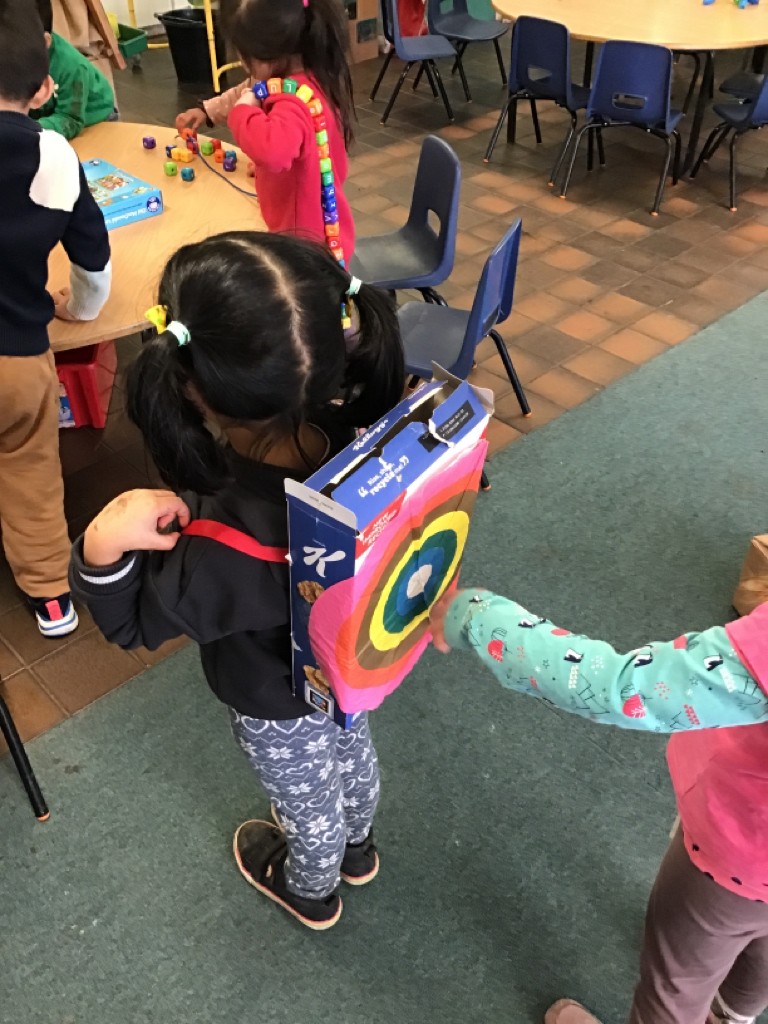
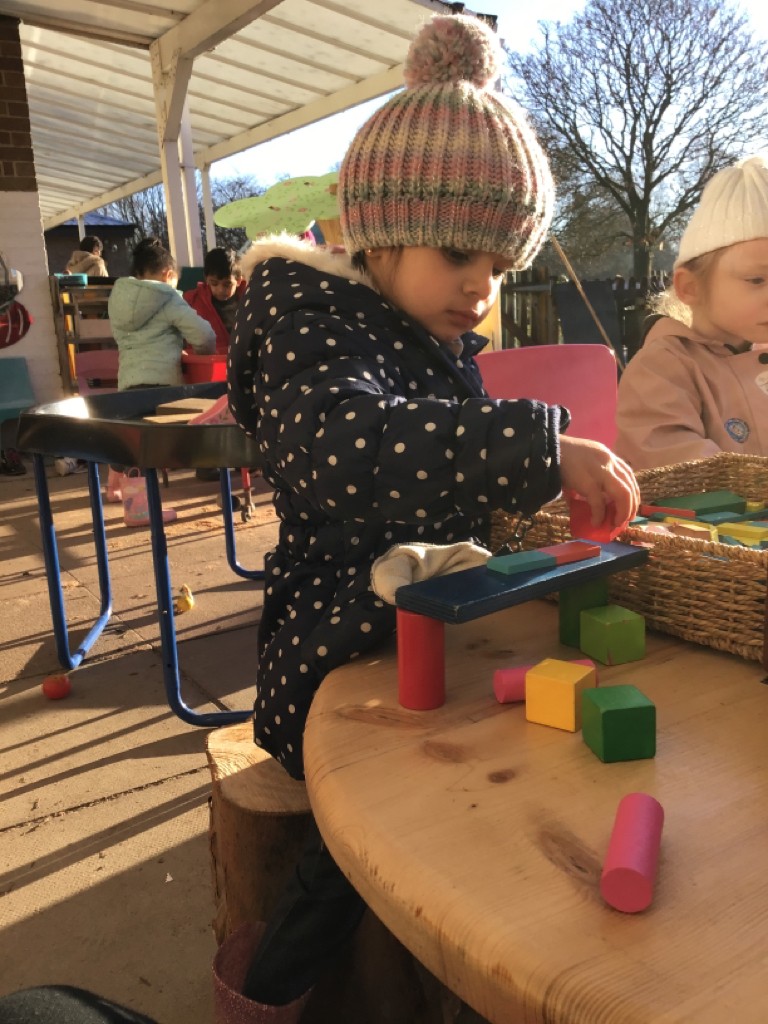
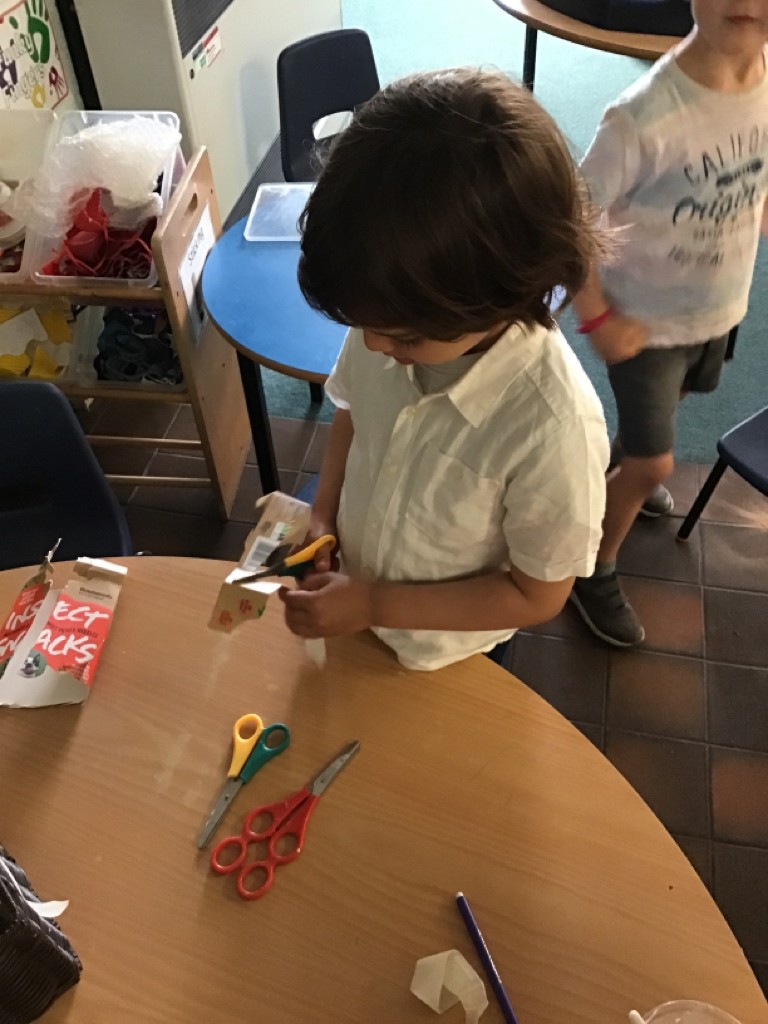

Reception
Look at my amazing crocodile!
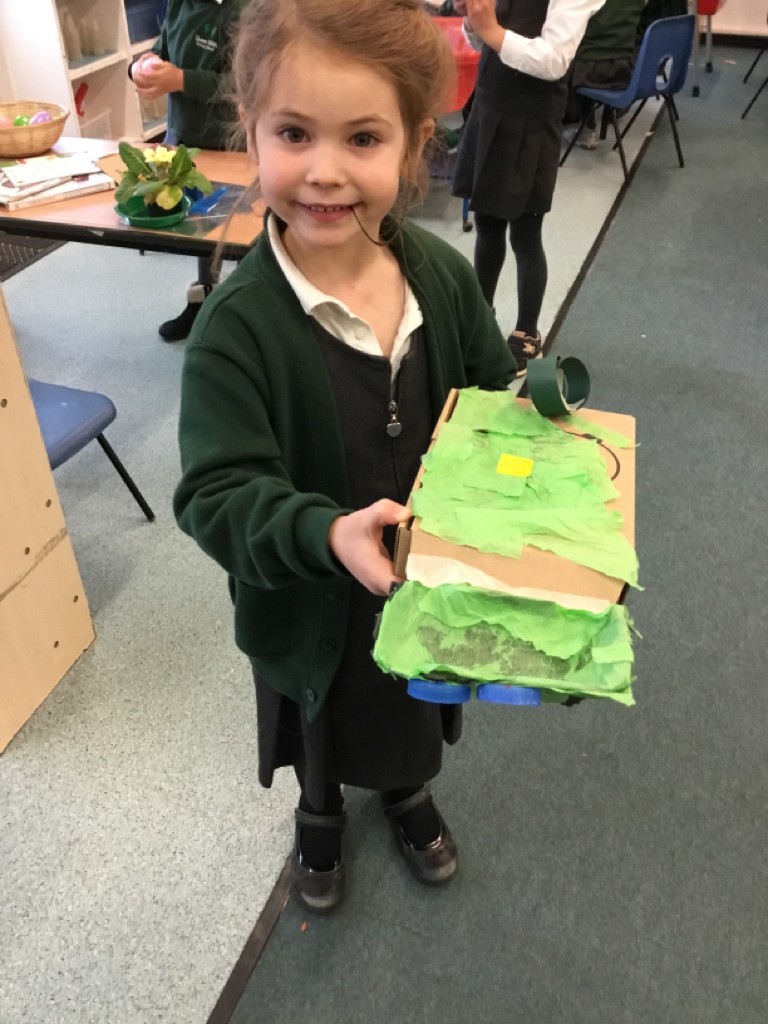
This is a model of the coach we went on to visit Shepreth Wildlife Park.
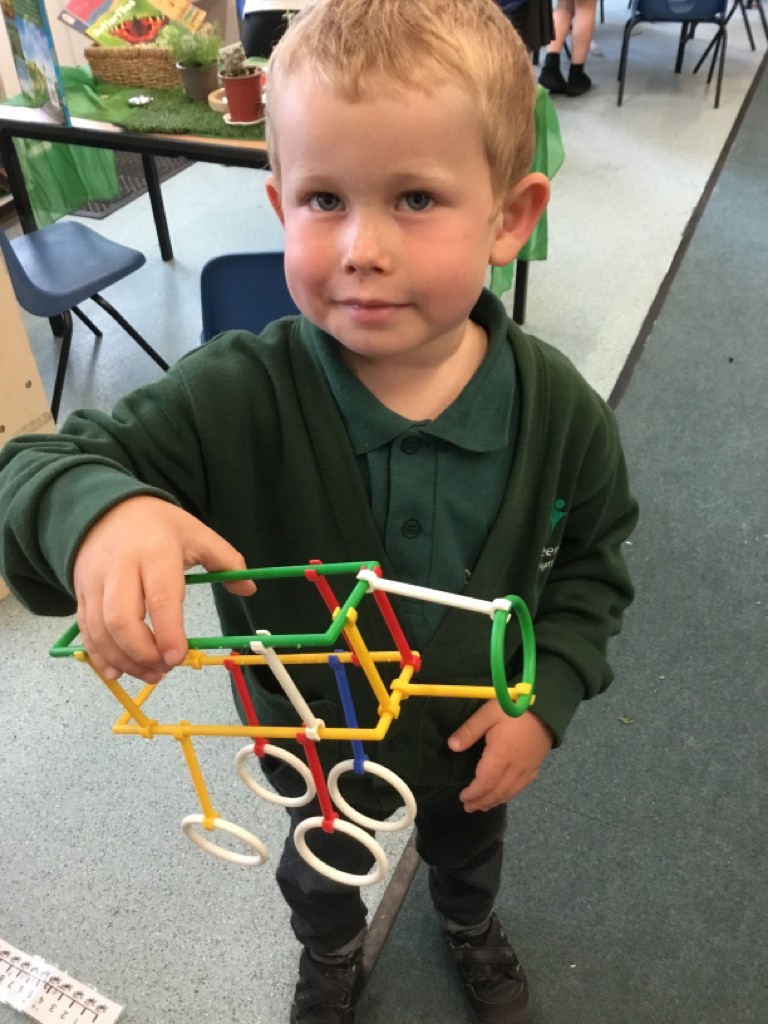
We worked together to create a palace for the Snow Queen.
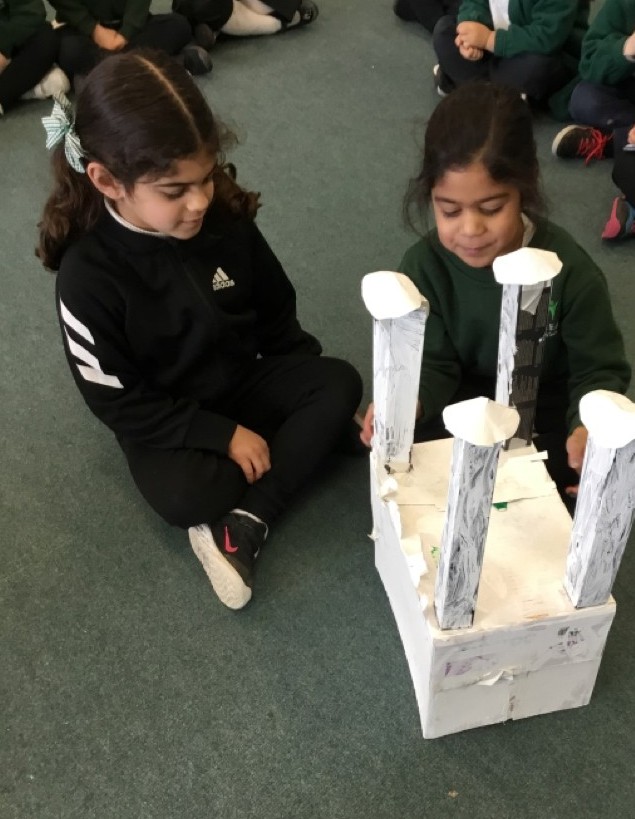
Year 1 Moving vehicles
Year 1 loved designing and making moving vehicle toys out of reclaimed materials. They investigated a range of toys which use wheels and axles before designing and making their own successful toy. They were fun to play with!
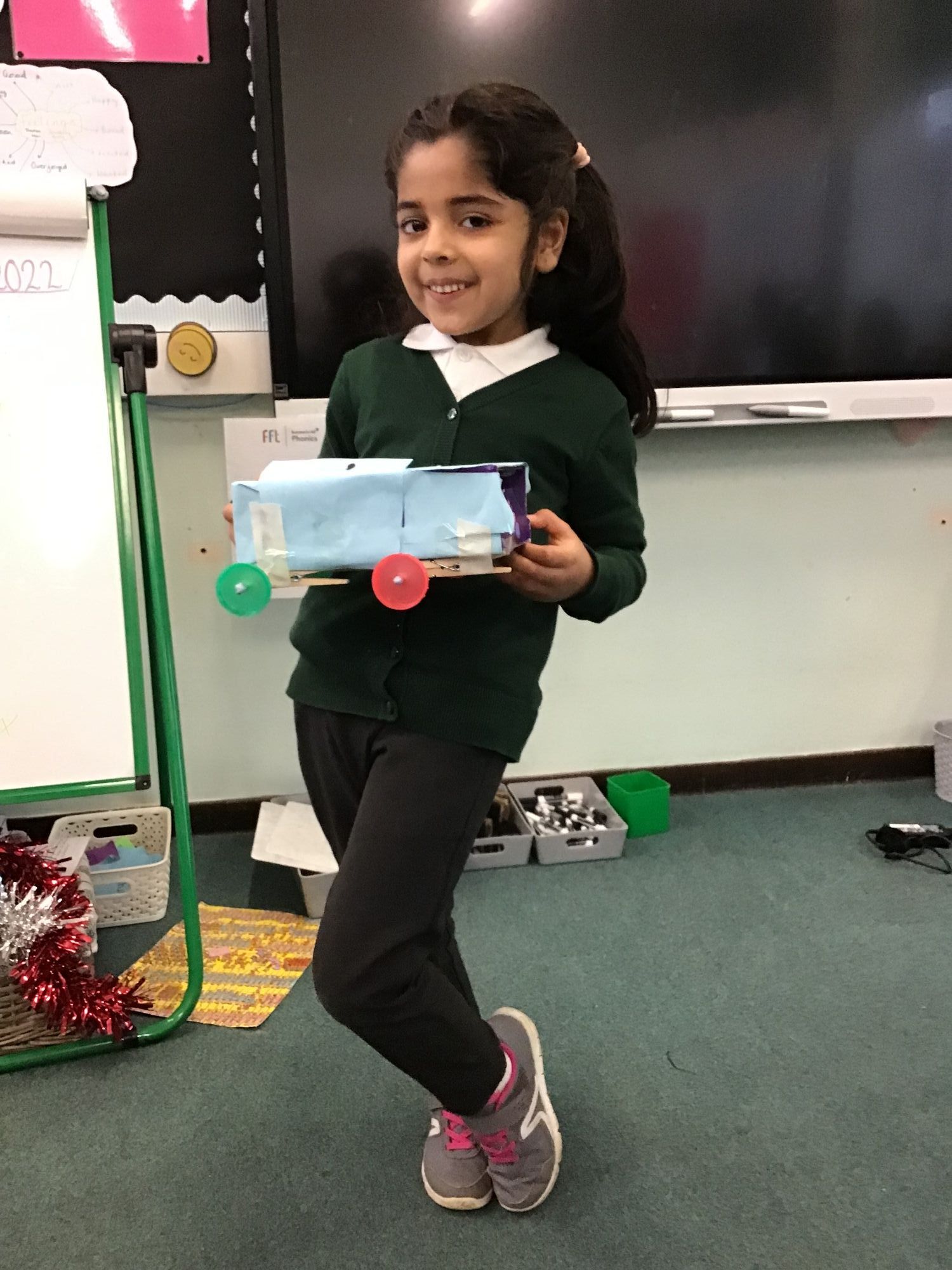
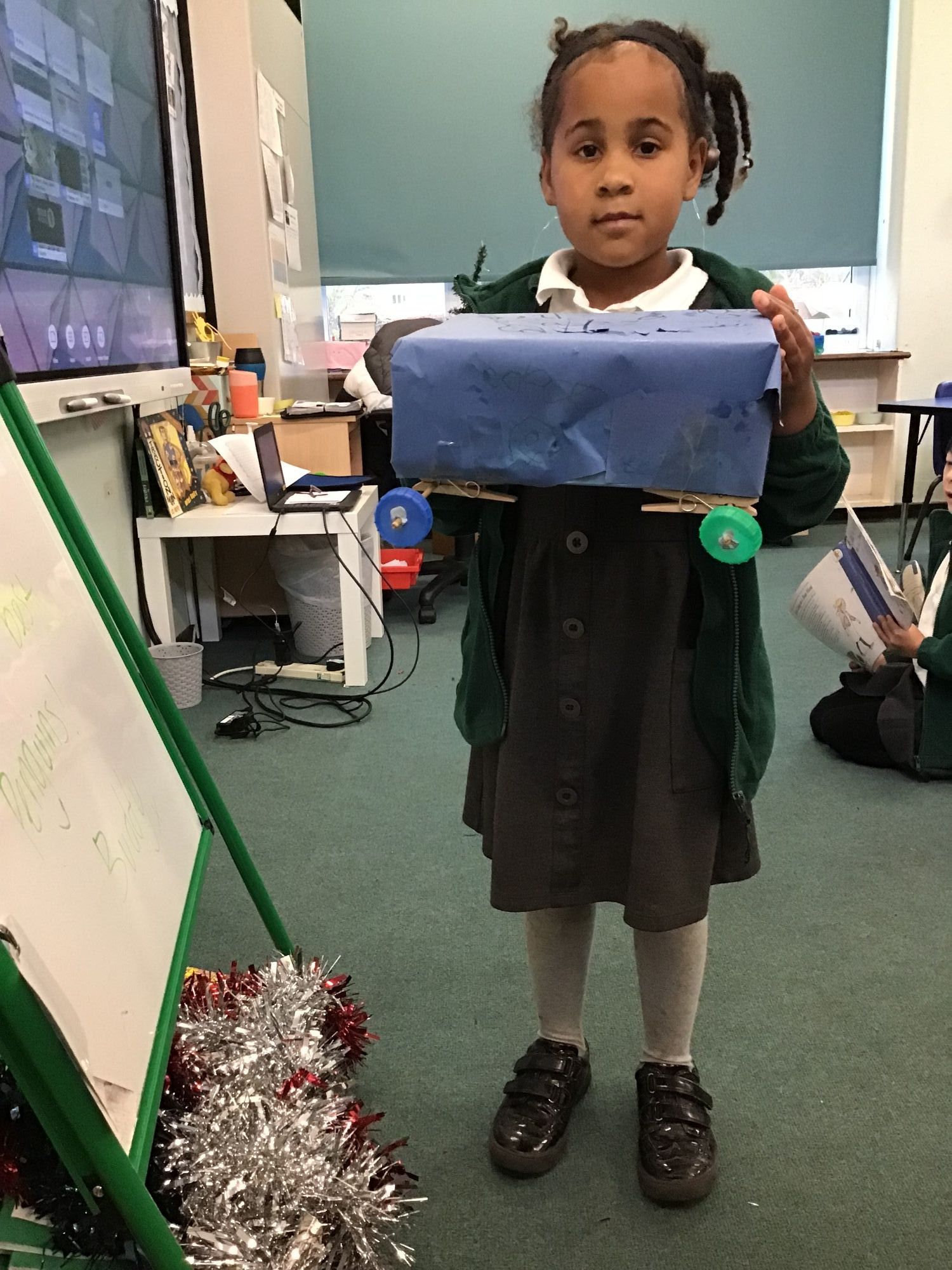
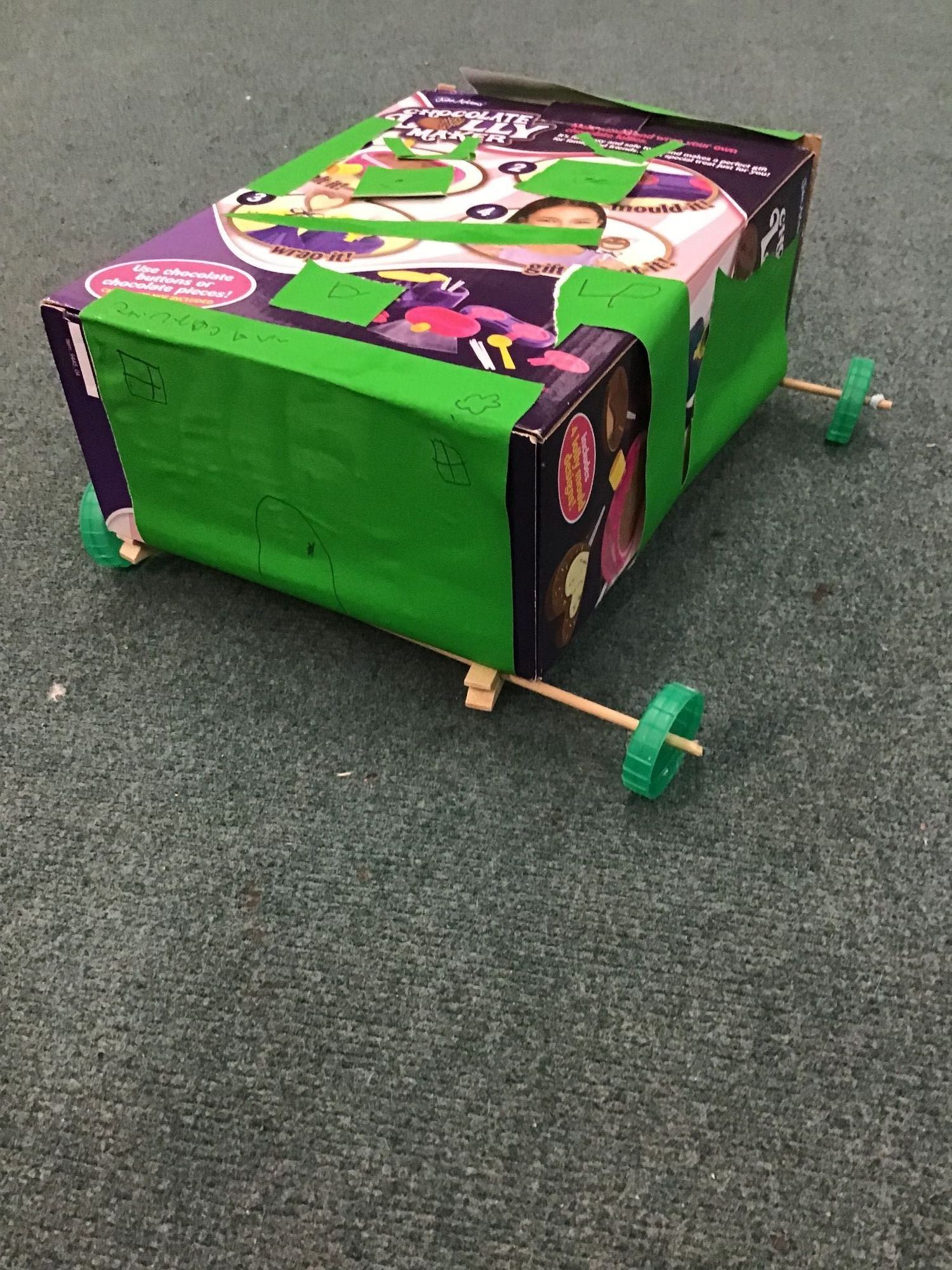
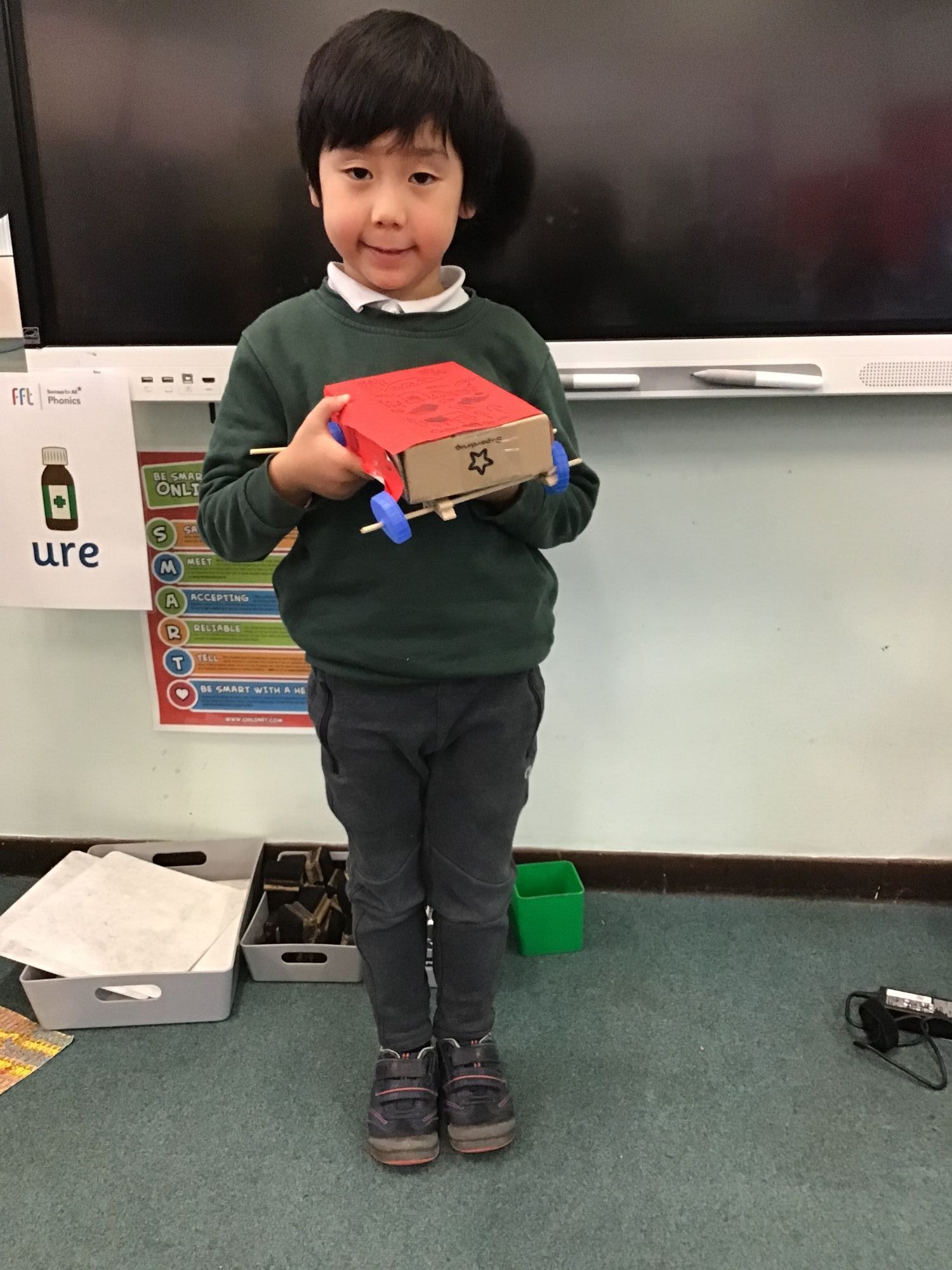
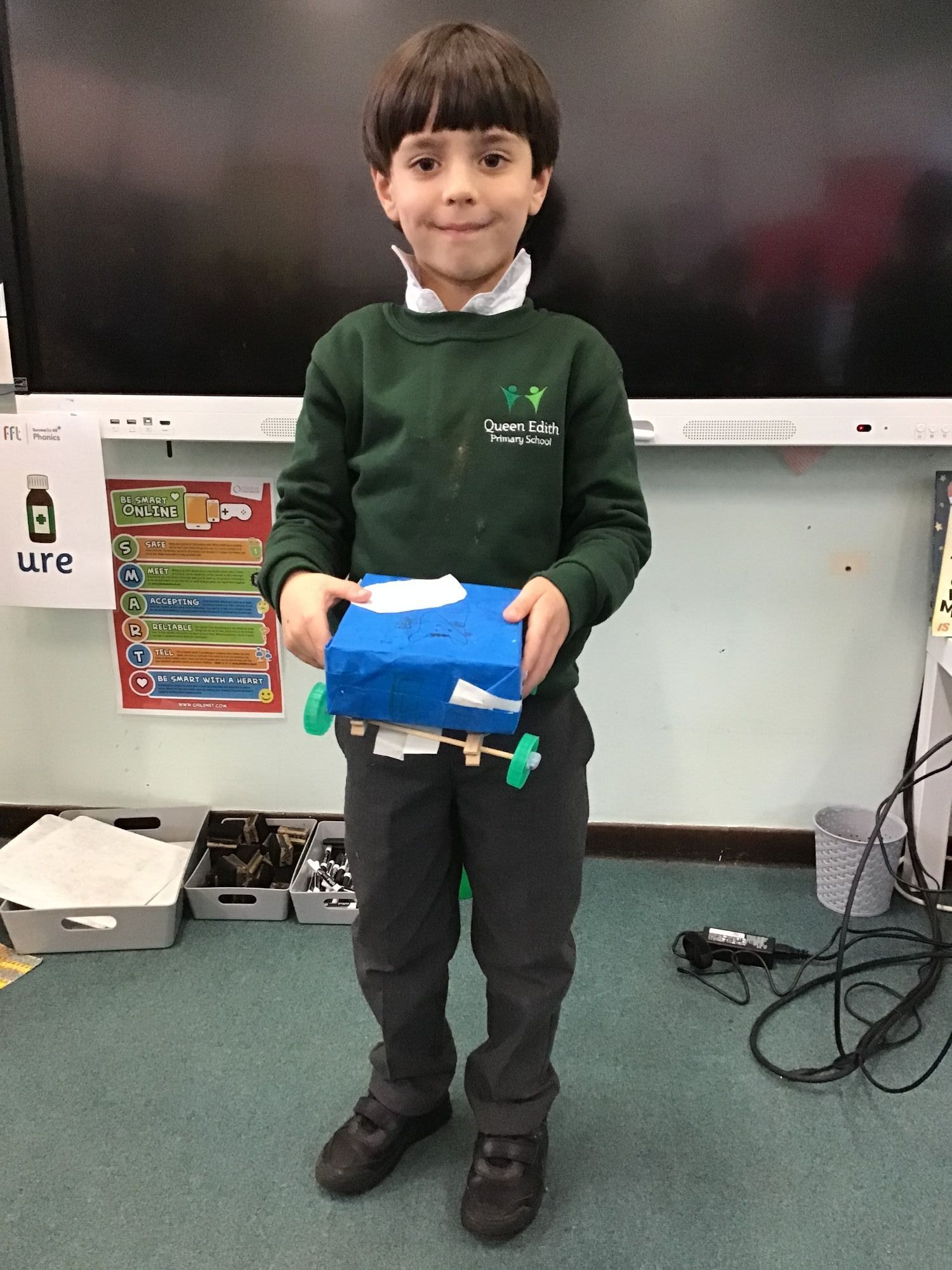
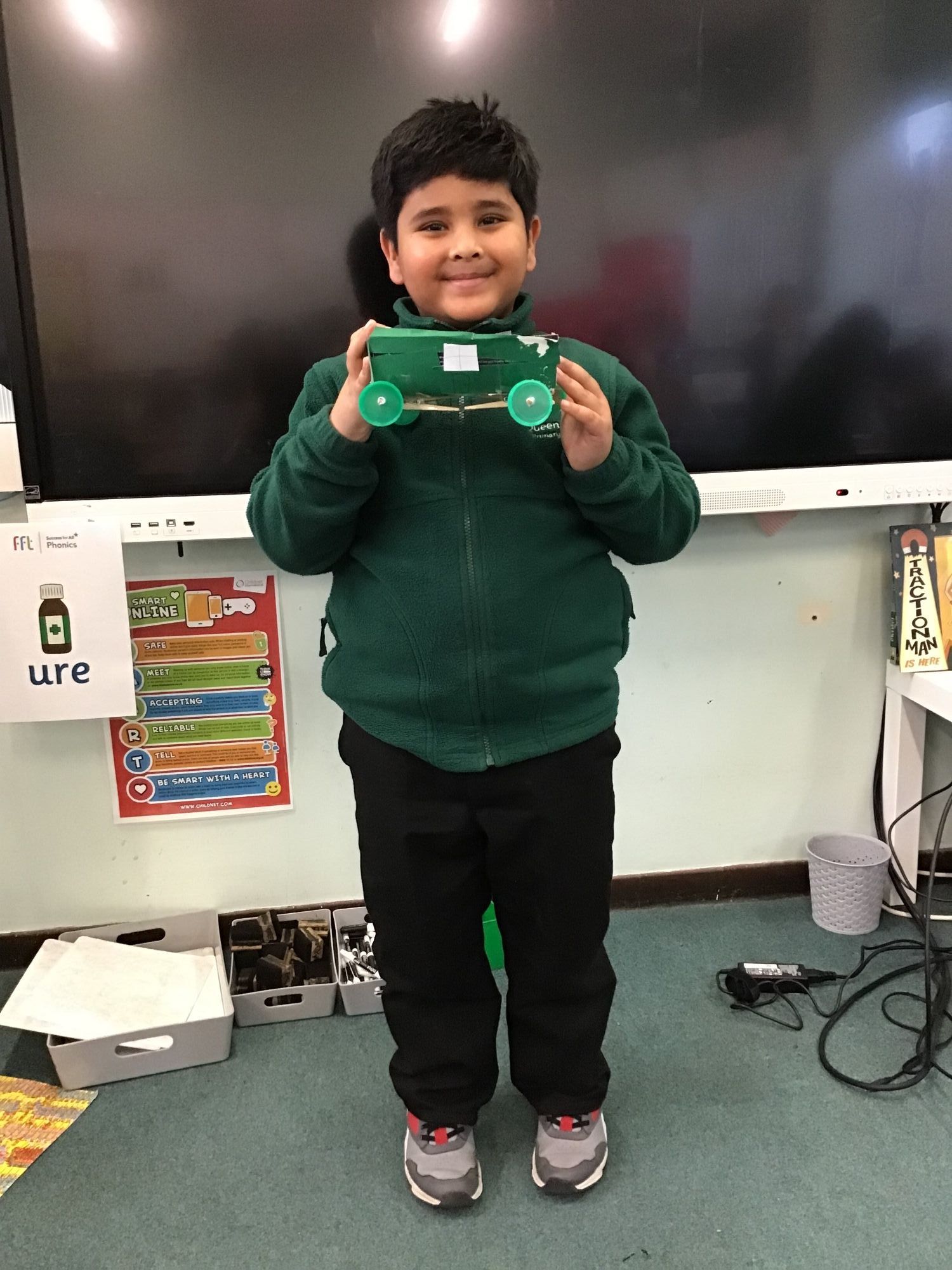
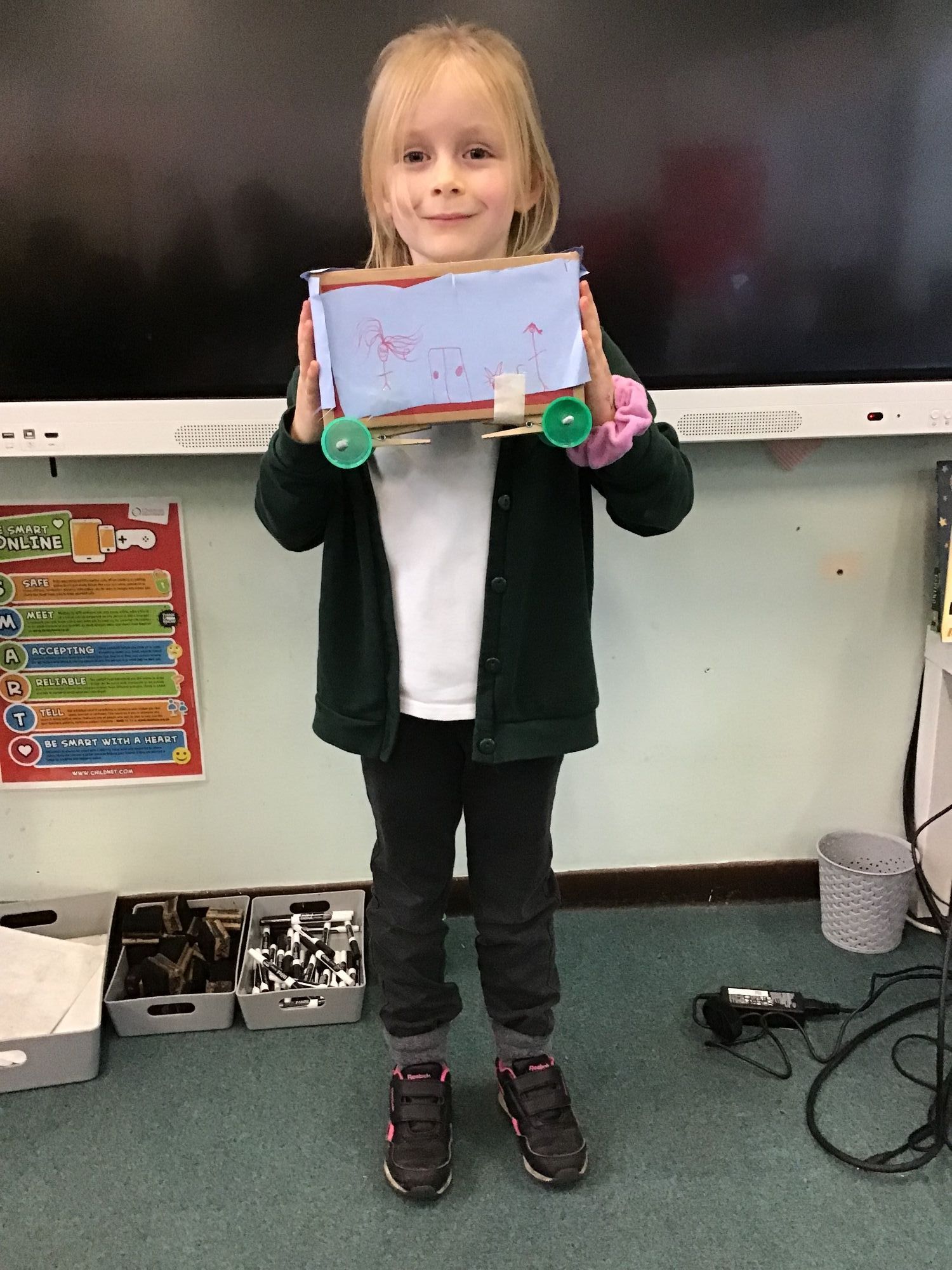
Year 2 Freestanding structures
We enjoyed using construction sets to investigate how to make structures strong and stable, before we moved on to designing and making our final product.
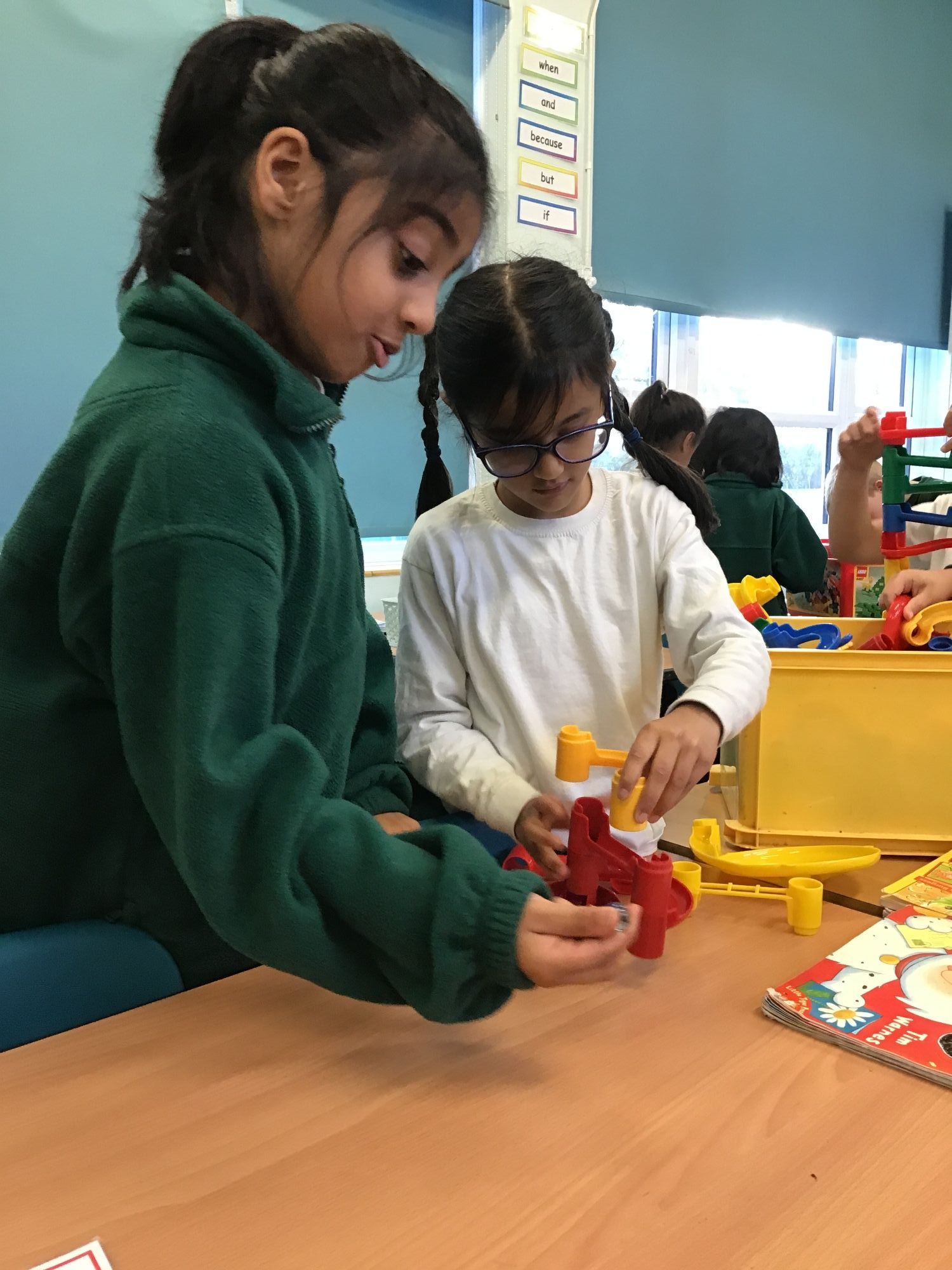
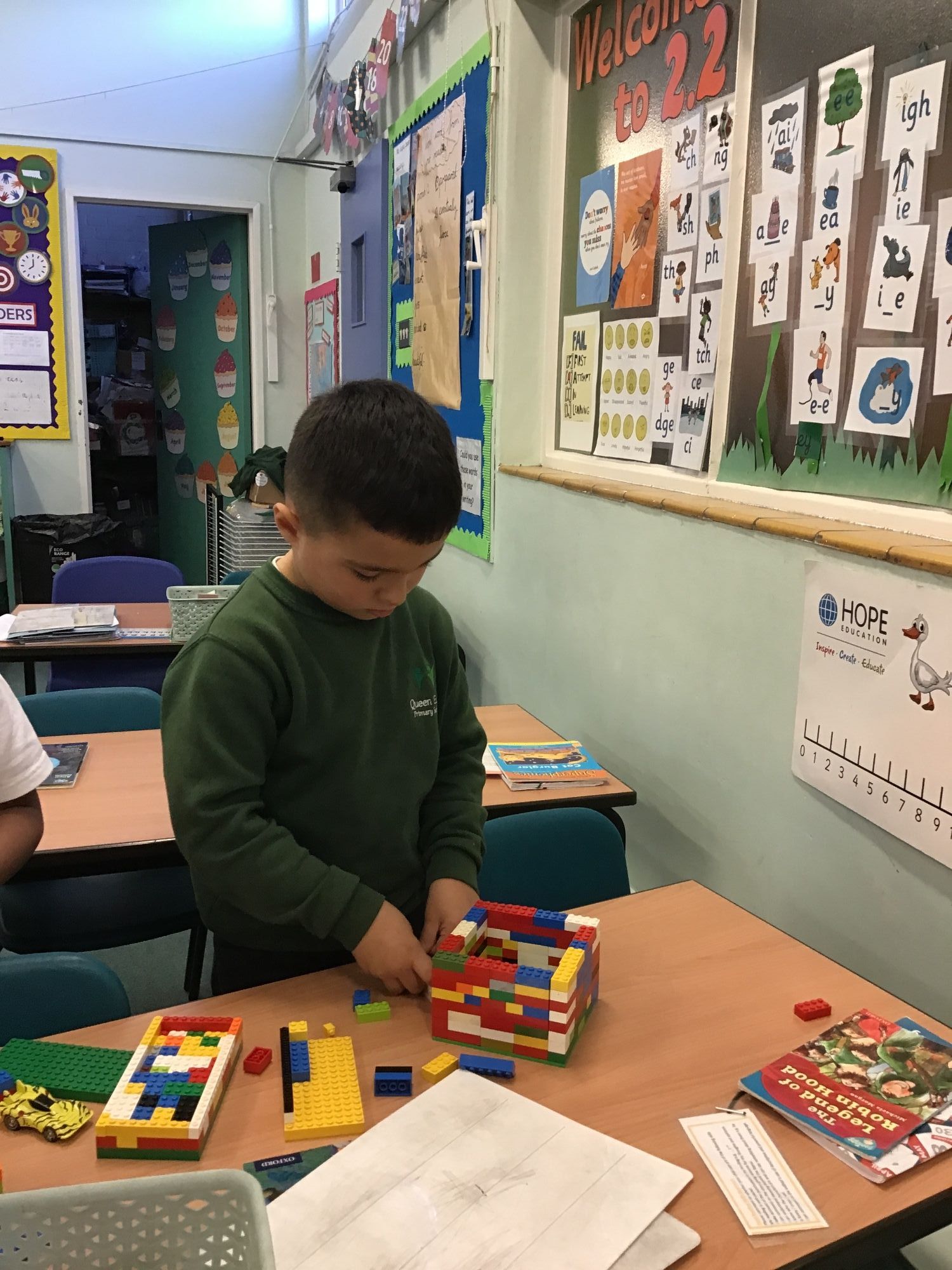
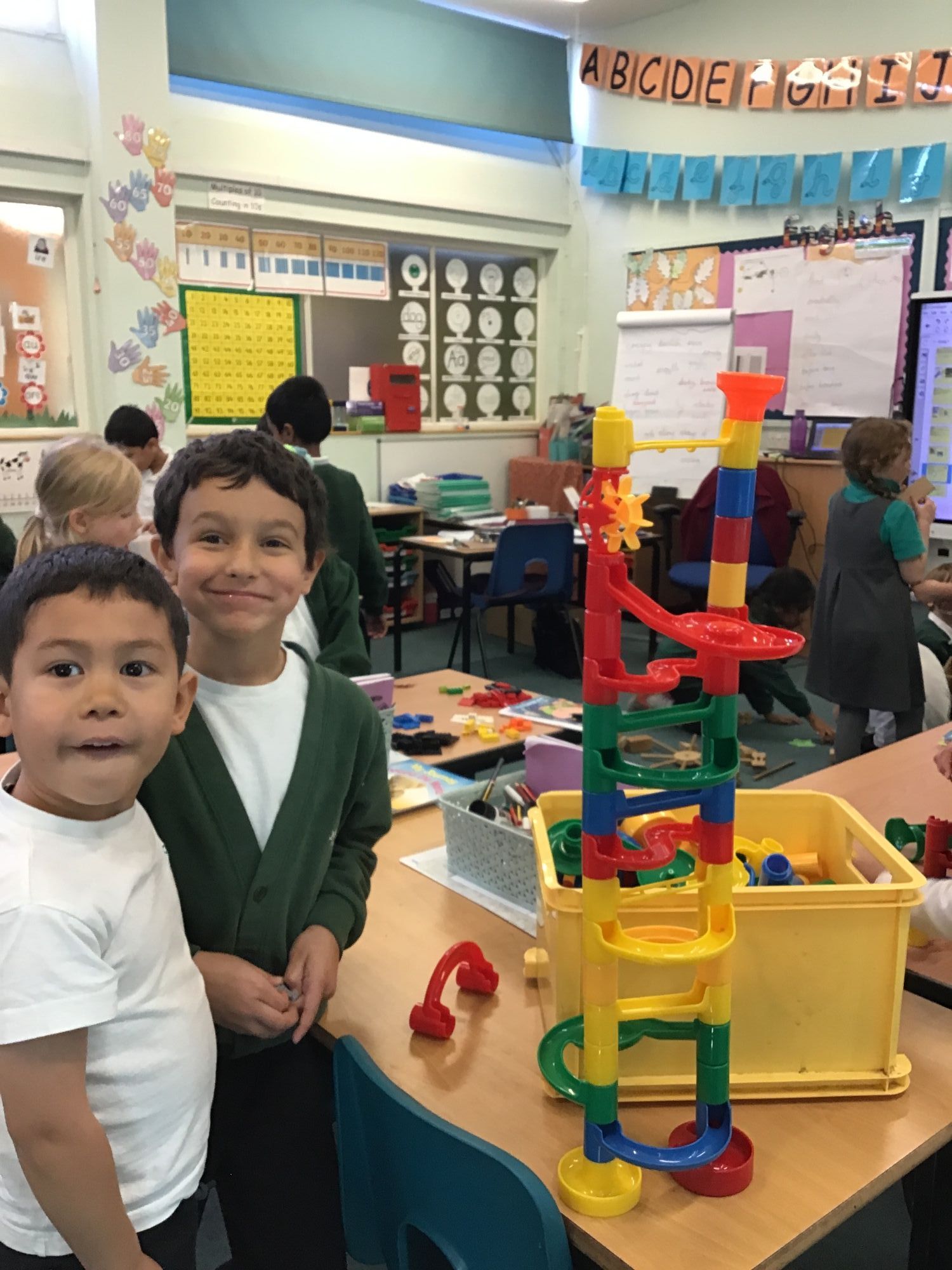
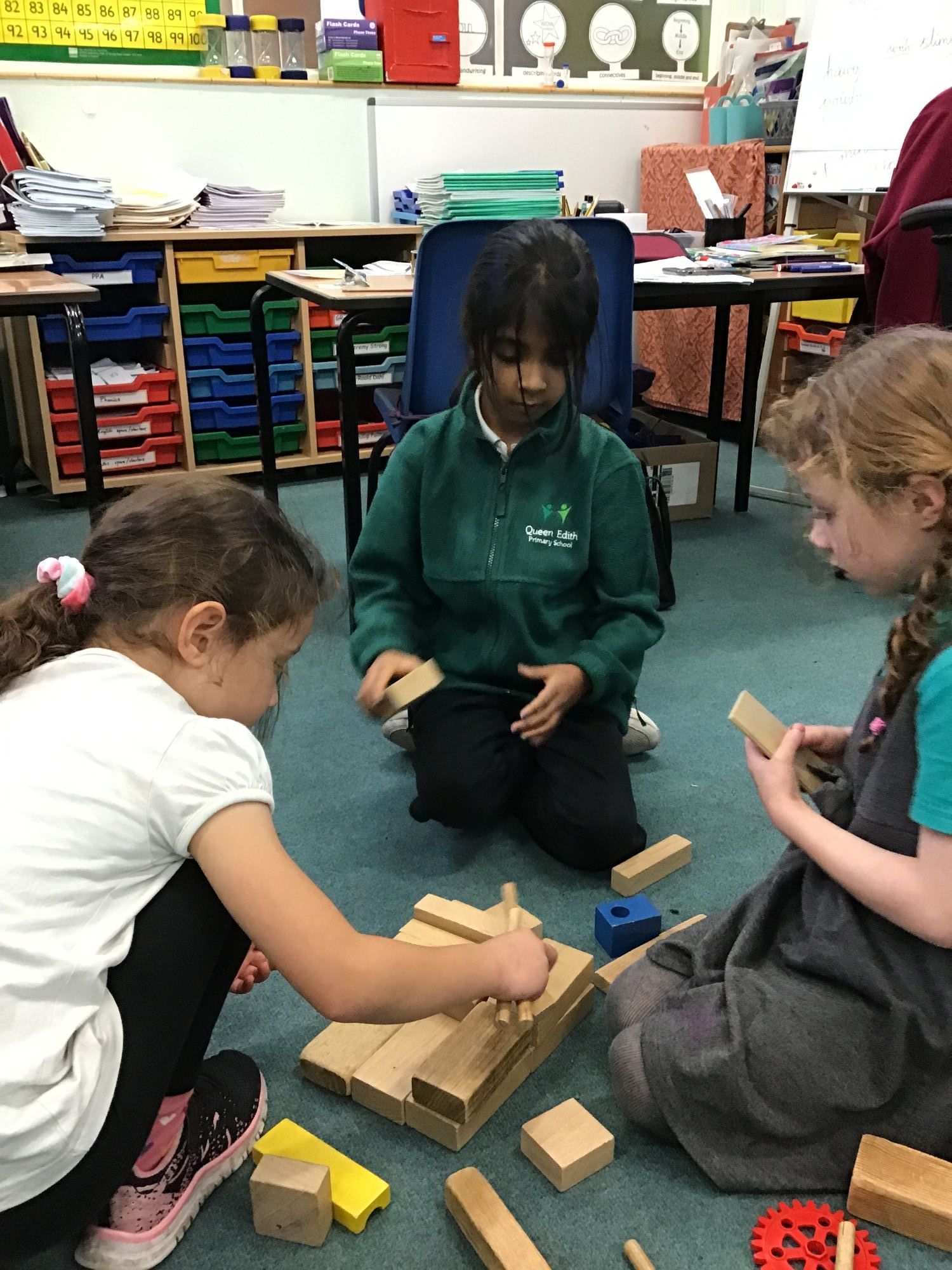
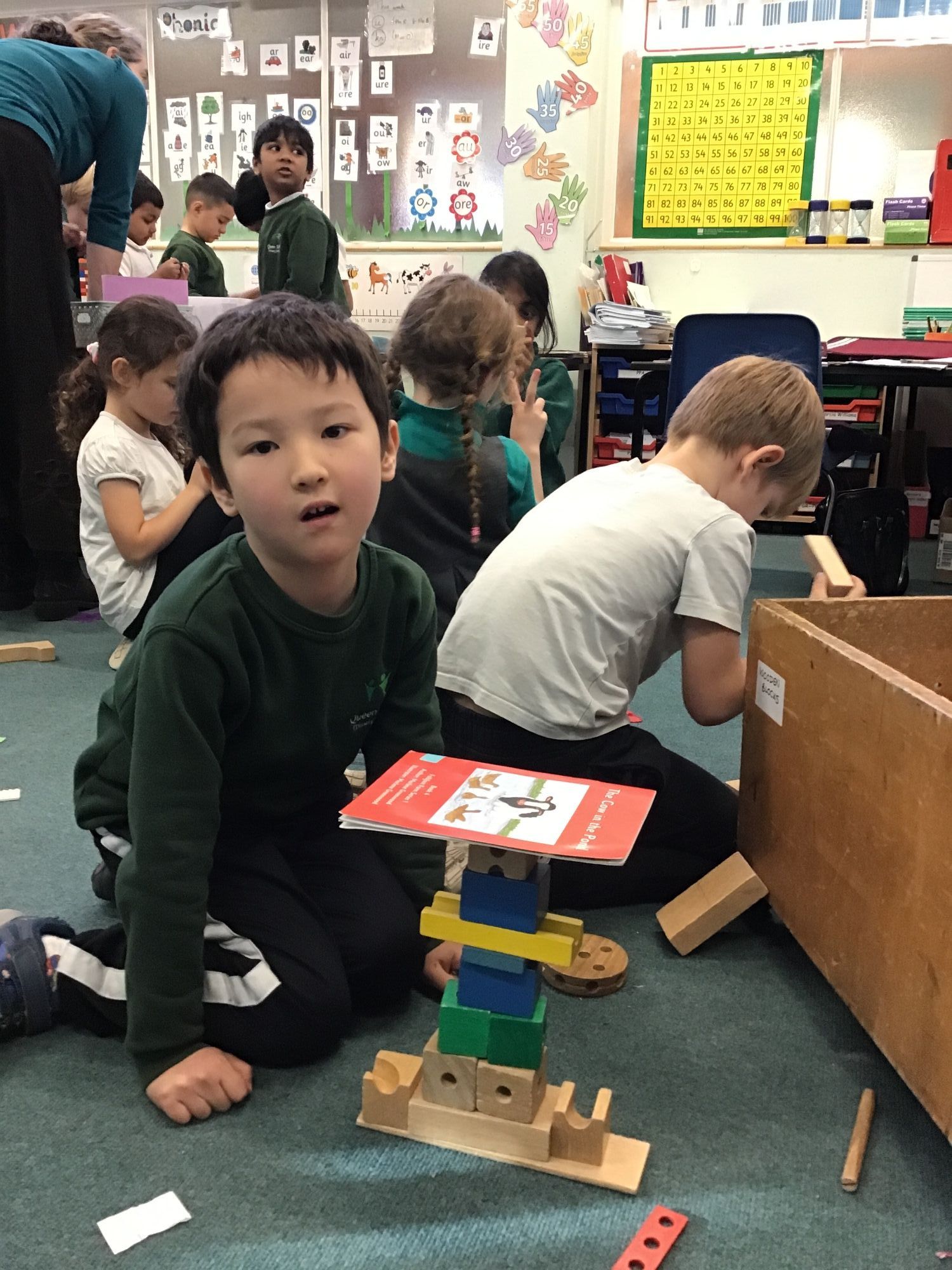
Year 2
We made healthy sandwiches in DT. We used a serrated knife, butter knife, chopping board, peeler and grater to make them.
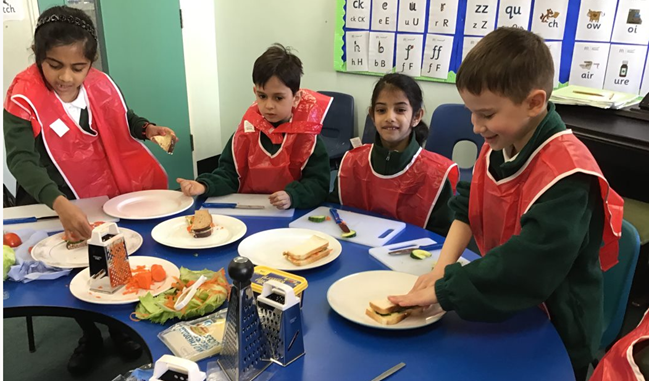
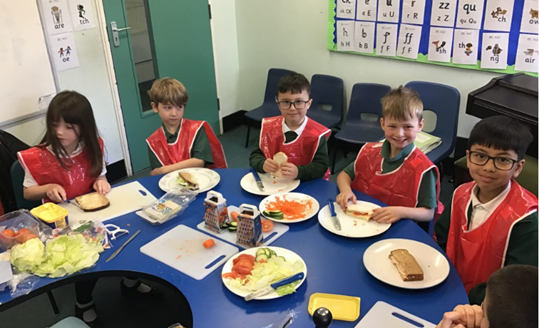
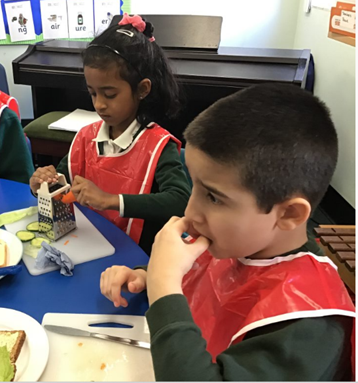
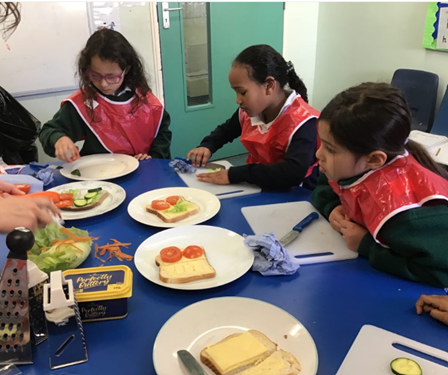
Year 3 Shell structures
3.1 have been investigating shell structures this term. A shell structure is a hollow structure with a thin outer covering, which is used to contain or protect something inside. Examples of shell structures in nature are tortoise shells, snail shells, eggs, etc. We designed our own manmade shell structures using a CAD programme in Purple Mash, creating a gift box for a person of our choice. We thought carefully about what decoration and shape (a cube, or a different 6-sided 3D shape) the intended user would enjoy. We persevered to develop our skills of scoring, cutting, folding and assembling. We are very pleased with our final products – they are useful, attractive and definitely suited to the needs of our user!
Year 3 Shell Structures
Year 3 have really enjoyed making shell structures in DT this half term. We first designed the 2D nets using CAD on Purple Mash. This week, we carefully assembled them, turning them into 3D shell structures. We are very proud of them!
Year 4
Y4 bread tasting & making – In DT we tasted some samples of flatbreads and dips, and then worked in groups to design and bake their own flatbreads. The children were very inventive with their recipes, and everyone enjoyed eating their finished products!
Year 5 DT – Cam Mechanisms
Take a look at Year 5’s Viking themed cam mechanisms that they created as part of their Design and Technology unit on mechanical structures. Children worked brilliantly in pairs and loved all parts of this project – from painting to constructing.
Year 5 DT – Frame Structures
In Design and Technology, children in Year 5 have been tasked with making a frame structure. This structure will eventually act as a zoo enclosure and children have lots of inspiration already due to their school trip to Shepreth Wildlife Park. To help with the planning process, children investigated the suitability of art straws and thought carefully about how to make the structure sturdy.
Year 5 DT – Frame Structures – Zoo Enclosures
Children are incredibly proud of their zoo enclosures! After thinking carefully about the size, shape and appearance of their enclosure, children measured and sawed their pieces of wood and discovered that building the structures required a lot of patience. However, the outcome was amazing!
Y6 Phone covers
We are very proud of our final product; our phone covers will be really useful and they have very attractive designs!
